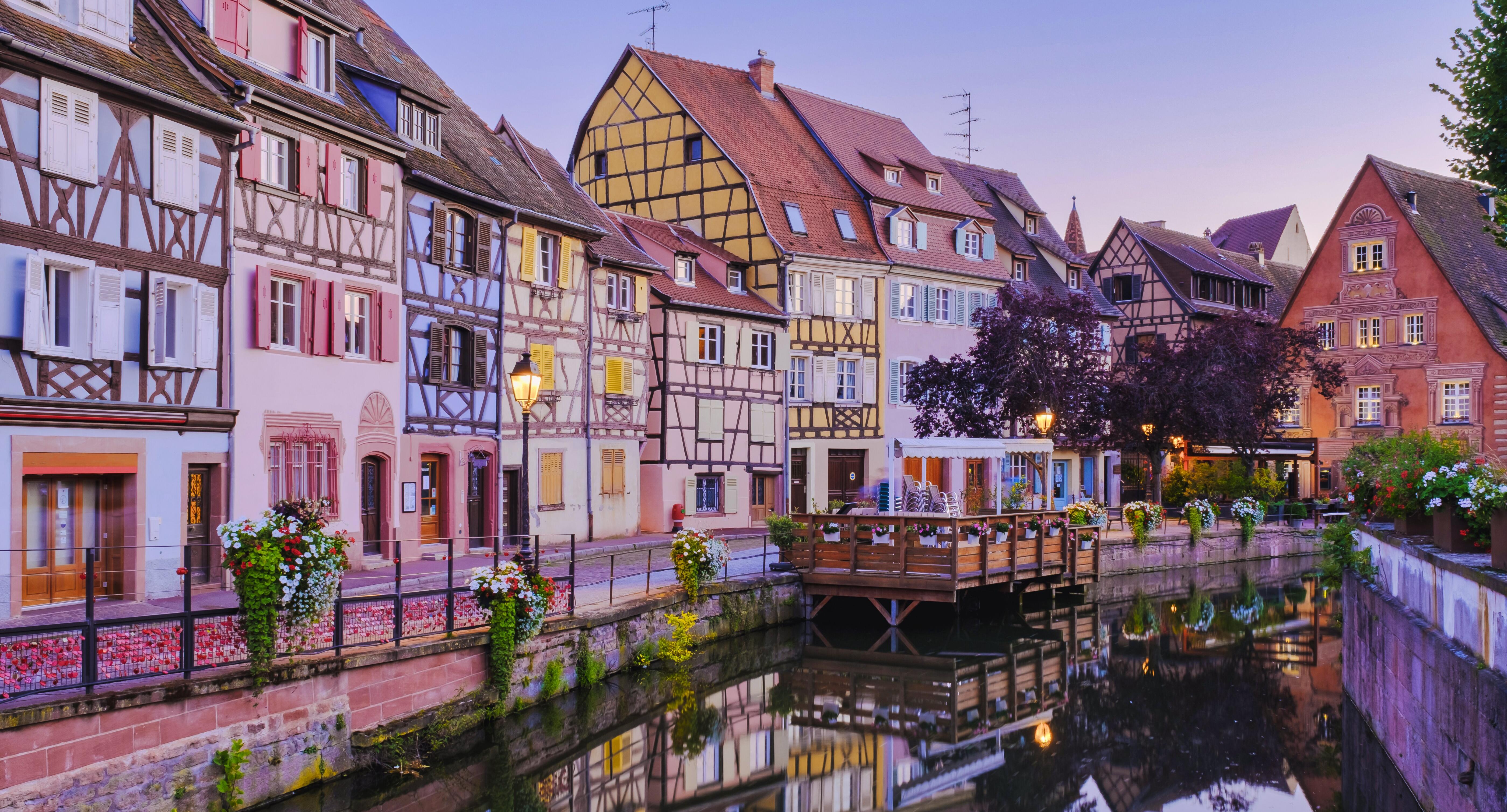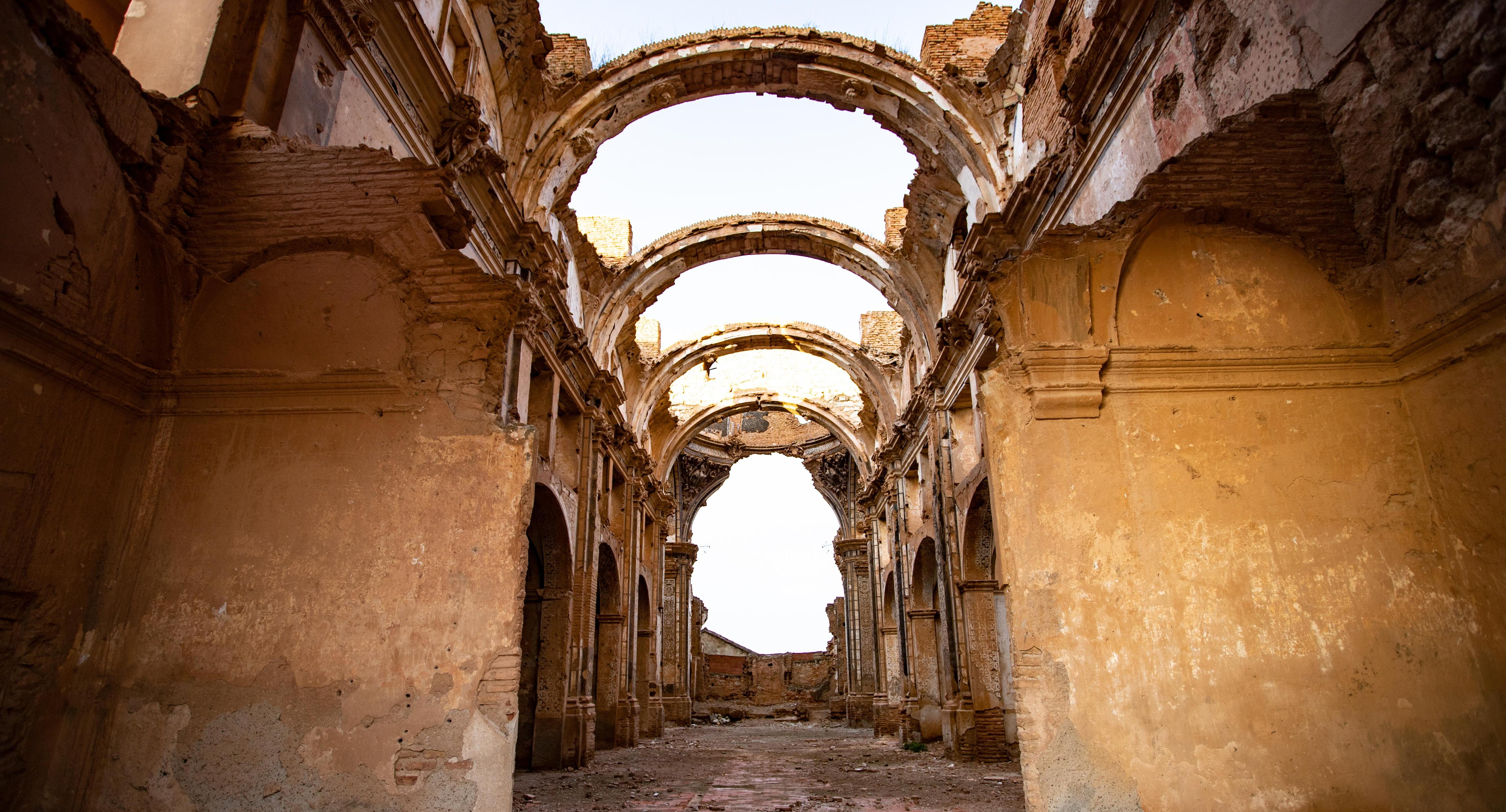25 Mysterious Abandoned Places Around the World You Can Still Visit
In the world of travel and discovery, few experiences rival the thrill of stepping into a place frozen in time. Abandoned cities, decaying castles, and forgotten villages stir a deep sense of wonder—a haunting beauty that speaks louder than words. These sites are more than ruins; they are the ghosts of history, where nature creeps in through broken windows and silence echoes with stories of lives once lived. From remote islands overtaken by vines to grand structures left to crumble in the wake of war, these abandoned places spark our curiosity and ignite our imagination. Each one is a doorway to the past, offering a glimpse into forgotten eras and lost civilizations. We’ve expanded our journey to bring you 25 of the world’s most mysterious abandoned places—each one more captivating than the last. Get ready to explore the eerie, the majestic, and the mind-blowingly surreal corners of the Earth that time left behind.
1. Pripyat, Ukraine - Echoes of Chernobyl
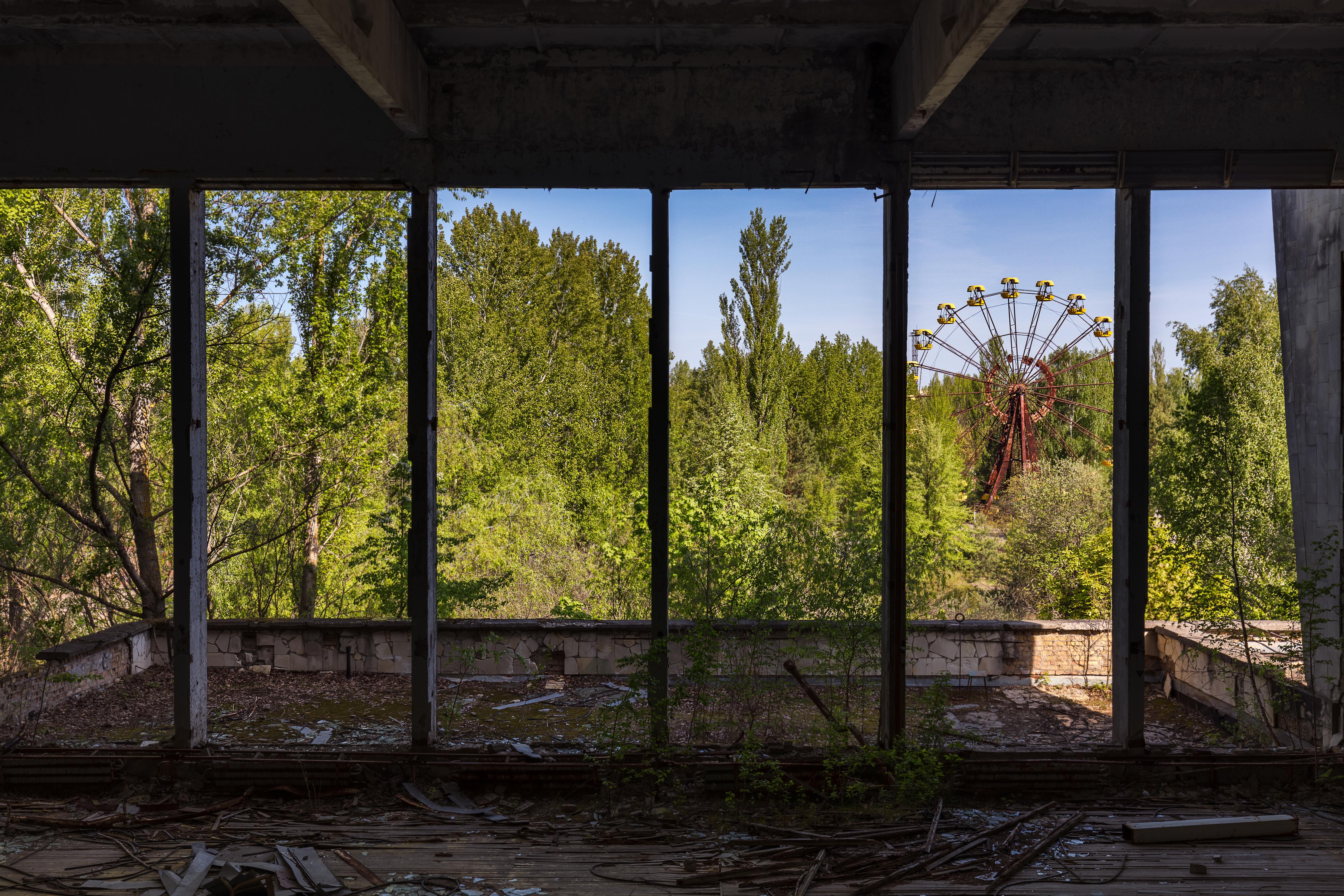
Pripyat, once a thriving city in Ukraine, now stands as a poignant reminder of the Chernobyl disaster. Founded in 1970 to house workers of the Chernobyl Nuclear Power Plant, Pripyat was abruptly evacuated in April 1986 following the catastrophic reactor explosion. Today, the city is a chilling ghost town, frozen in time. The Ferris wheel in the amusement park, never used, casts eerie shadows over the deserted streets. Schools, hospitals, and homes remain intact but decaying, offering a glimpse into life abruptly halted. Despite its tragic history, Pripyat draws visitors who seek to understand the impact of human error and resilience in the face of disaster. Guided tours now allow access to this restricted zone, providing a haunting yet educational experience.
2. Hashima Island, Japan - The Ghost of Gunkanjima
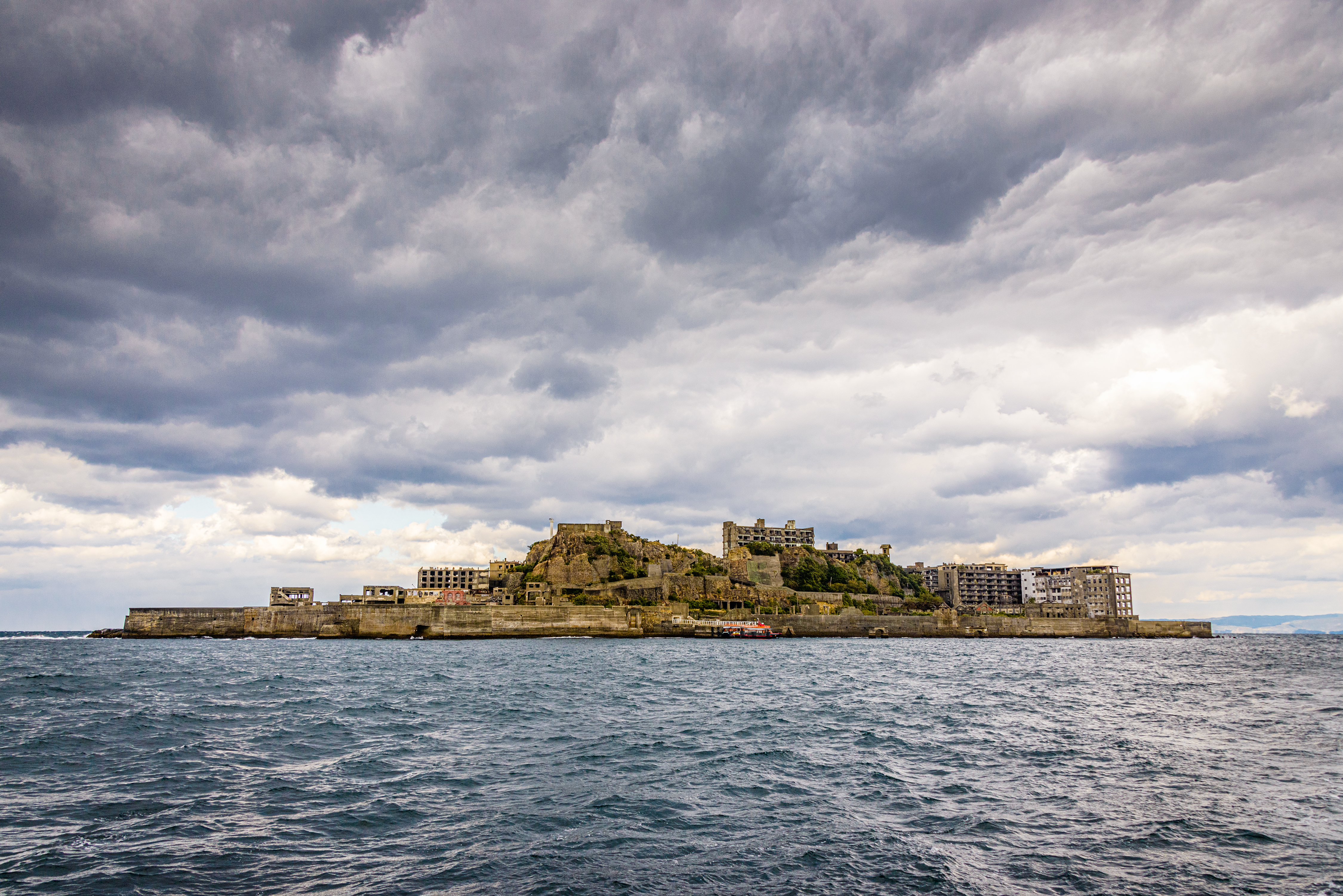
Hashima Island, also known as Gunkanjima or Battleship Island, is a stark symbol of Japan's rapid industrialization. Located off the coast of Nagasaki, this island was once a bustling coal mining facility, home to thousands of workers and their families. At its peak in the mid-20th century, Hashima was one of the most densely populated places on Earth. However, with the decline of coal mining, the island was abandoned in 1974. Today, its crumbling concrete structures and narrow alleyways are slowly succumbing to the elements. The island's eerie silhouette against the sea draws curious explorers and film crews alike, providing a haunting backdrop for movies like "Skyfall." Visitors can now take guided tours to explore this UNESCO World Heritage Site, experiencing firsthand the stark contrast between past prosperity and present desolation.
3. Kolmanskop, Namibia - A Deserted Diamond Town
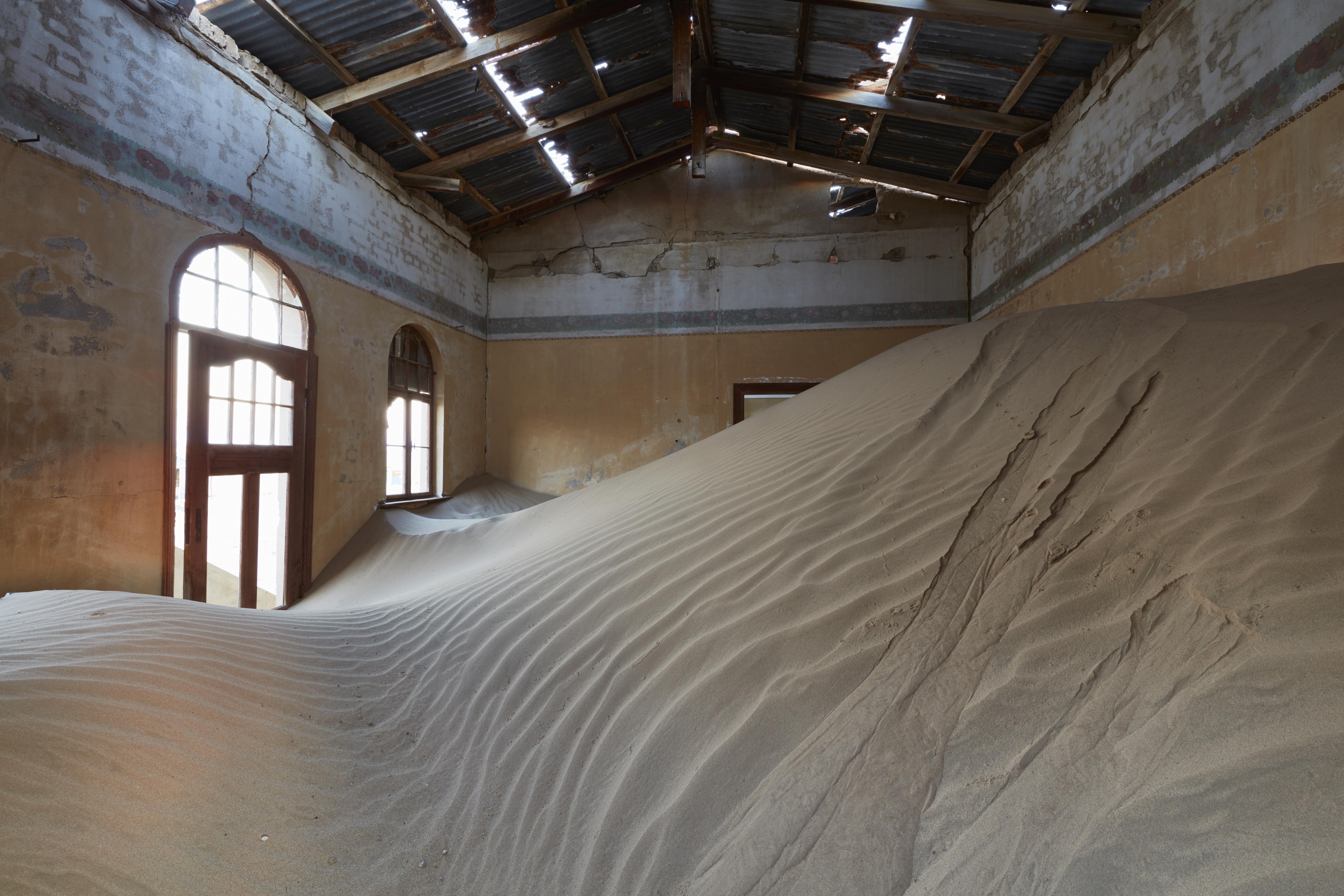
Nestled in the Namib Desert, Kolmanskop was once a thriving diamond mining town. Founded in the early 1900s during the diamond rush, it quickly became a hub of wealth and luxury. German settlers built grand houses, a hospital, and even a ballroom in this remote desert location. However, as diamond resources dwindled, the town was abandoned in the 1950s. Today, Kolmanskop is a ghost town, slowly being reclaimed by the encroaching desert sands. The once-grand structures are filled with dunes, creating a surreal landscape that attracts photographers and adventurers. Guided tours allow visitors to wander through the remnants of opulence, offering a glimpse into the fleeting nature of human endeavor against the relentless force of nature.
4. Centralia, Pennsylvania, USA - The Town on Fire
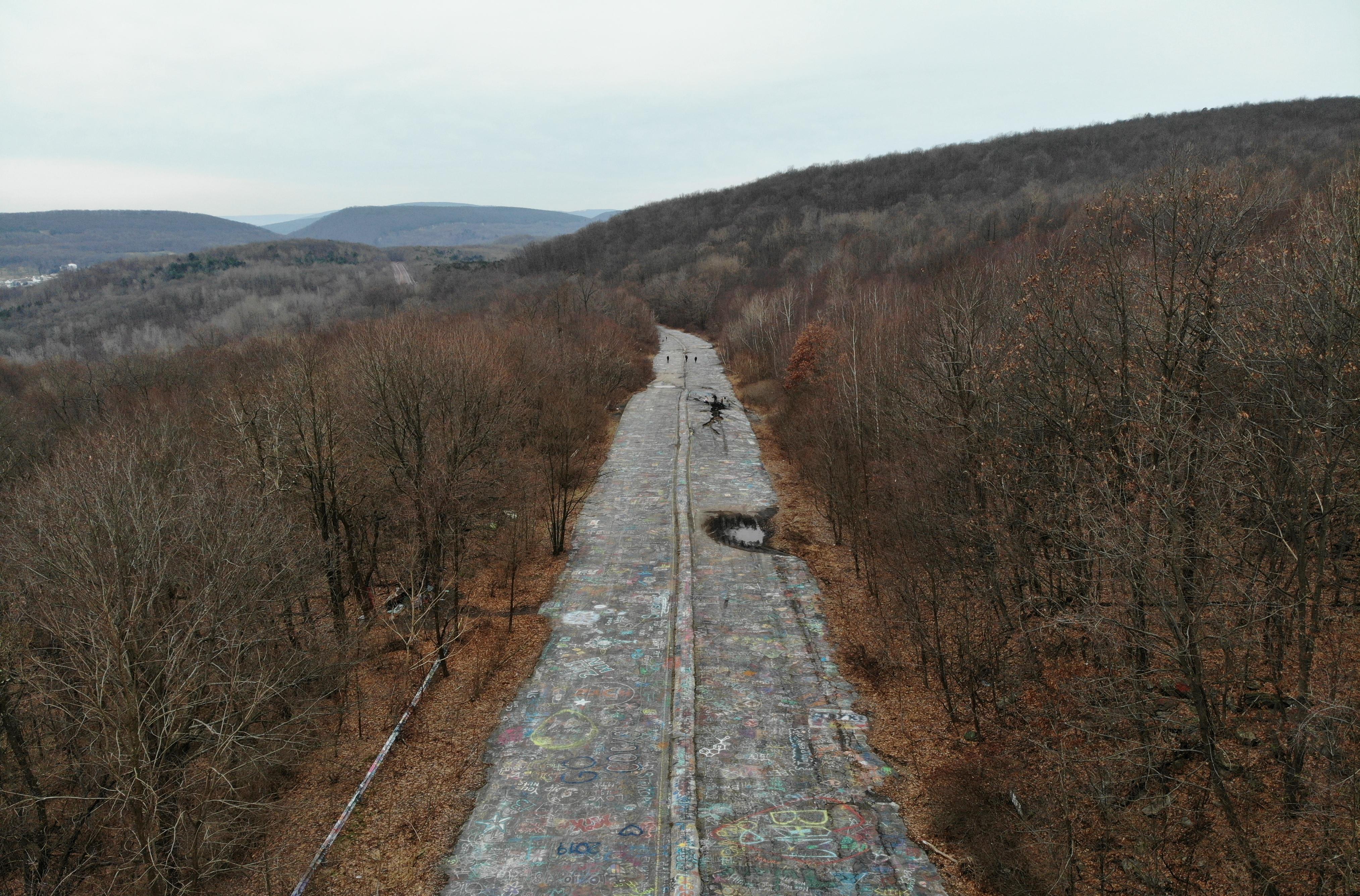
Centralia, Pennsylvania, is a modern-day ghost town with a fiery secret. In 1962, a coal seam beneath the town caught fire, and the underground blaze has been burning ever since. Over the years, the fire spread, causing the ground to become unstable and emitting dangerous fumes. As a result, most residents were relocated, and the town was largely abandoned. Today, only a handful of people remain, living amidst the eerie landscape of cracked roads and smoke-emitting vents. Centralia's story has inspired books and films, including the horror movie "Silent Hill." While the town is not officially open to tourists, curious visitors still venture to see the remnants of this once-thriving community and the haunting evidence of nature's destructive power.
5. Bodie, California, USA - A Wild West Ghost Town
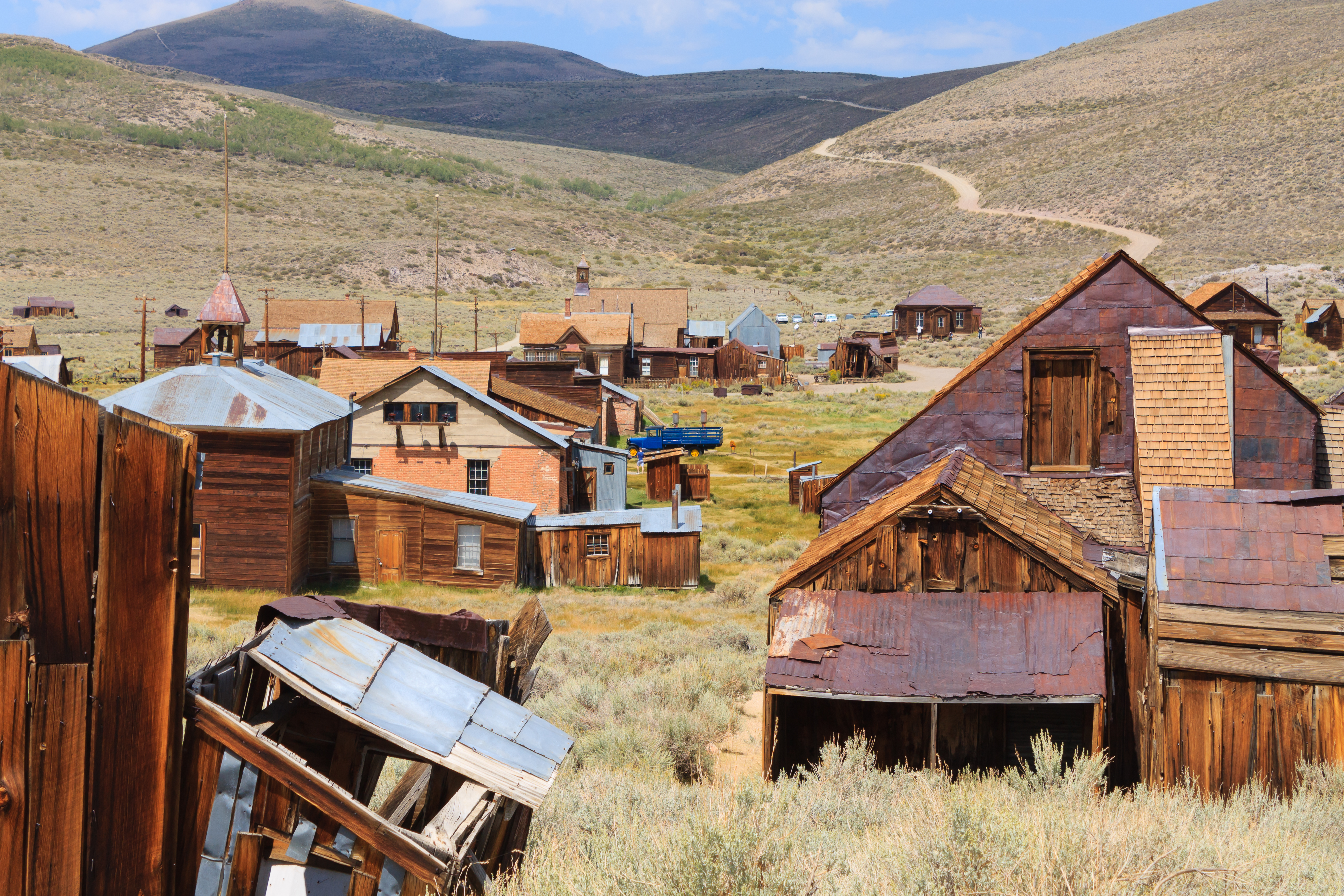
Bodie, California, is a quintessential Wild West ghost town, preserved in a state of "arrested decay." Once a bustling gold mining town in the late 1800s, Bodie was notorious for its lawlessness and rough-and-tumble lifestyle. At its peak, it boasted a population of around 10,000 and was home to saloons, brothels, and a thriving community. However, as the gold dwindled, so did the population, and by the early 20th century, Bodie was abandoned. Today, it stands as a State Historic Park, with over 100 structures still intact. Visitors can wander through the dusty streets, peering into homes and businesses frozen in time, and imagine the lives of those who once called Bodie home. The town's preservation offers a unique glimpse into the rugged history of the American West.
6. The Ruins of St. George's Church, Czech Republic - Ghosts in the Pews
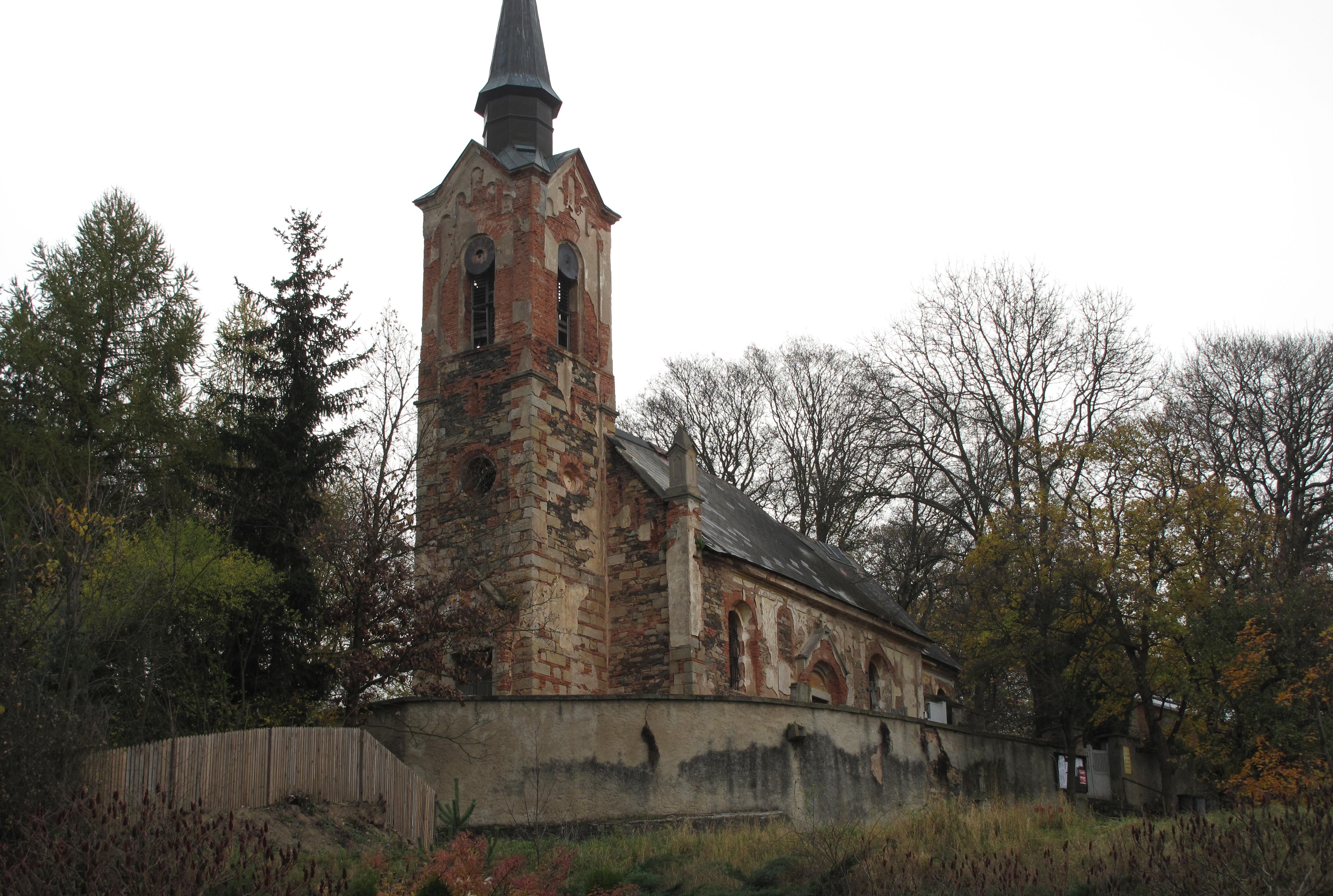
In the small village of Luková, Czech Republic, stands the hauntingly beautiful St. George's Church. Built in the 14th century, the church fell into disrepair after the roof collapsed during a funeral service in 1968. The local congregation believed the building was cursed and abandoned it. In recent years, an art installation by Jakub Hadrava has breathed new life into the church. The installation features ghostly figures draped in white sheets, seated in the pews, creating an eerie yet mesmerizing atmosphere. This art project has attracted visitors from around the world, drawn by the juxtaposition of decay and artistic expression. The church now serves as a reminder of the power of art to transform and preserve history, even in the most unexpected places.
7. Aniva Lighthouse, Sakhalin Island, Russia - Beacon of Isolation
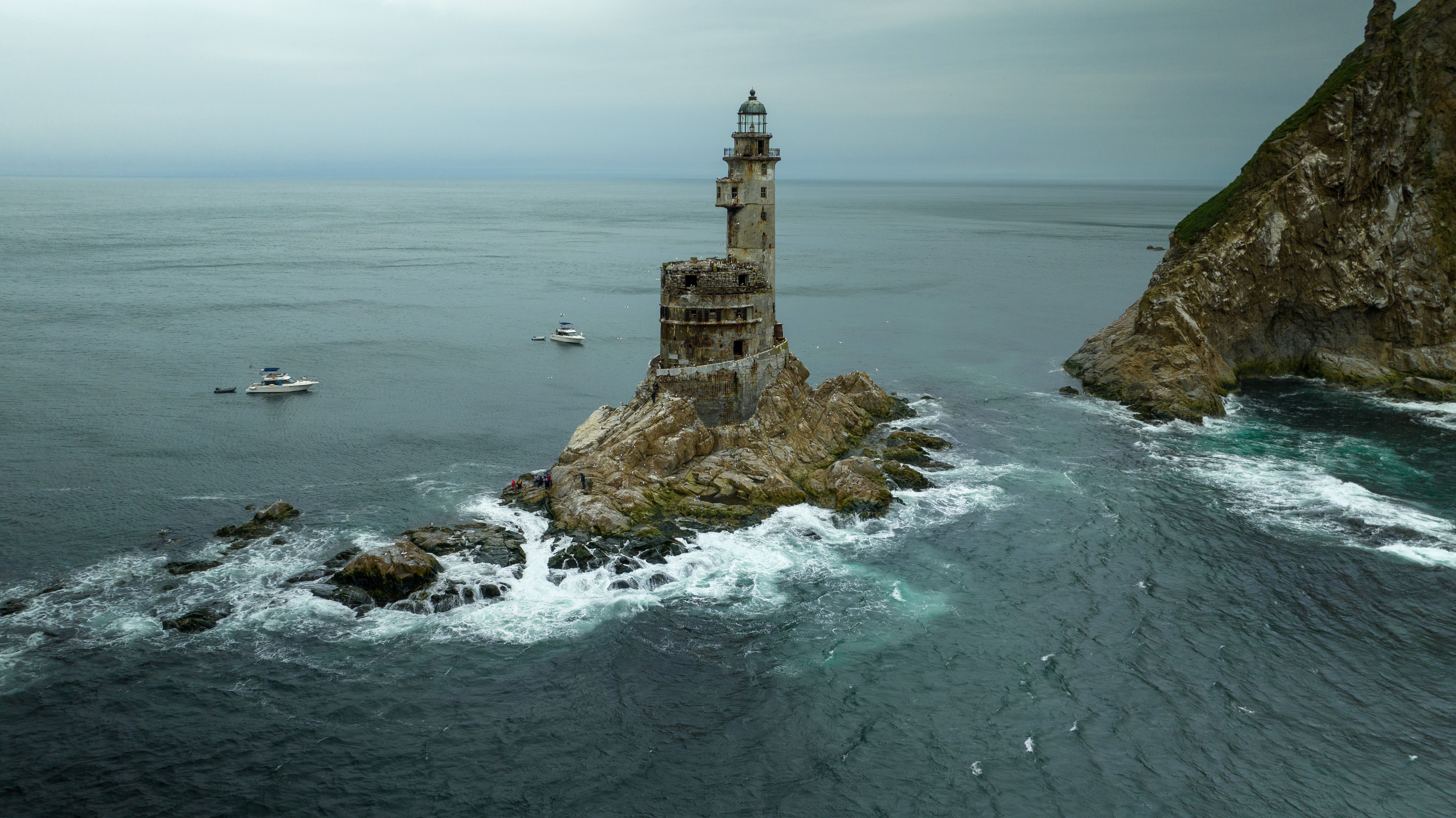
Perched on a rocky outcrop off the coast of Sakhalin Island, Russia, the Aniva Lighthouse is a testament to human ingenuity and isolation. Built by the Japanese in 1939, the lighthouse guided ships through the treacherous waters of the Sea of Okhotsk. After World War II, control of the lighthouse transferred to Russia, but it was eventually abandoned in the 1990s. Today, the lighthouse stands as a lonely sentinel, battered by the elements and accessible only by boat. Its remote location and eerie beauty have made it a favorite among adventurers and photographers. The lighthouse's haunting presence serves as a reminder of the relentless march of time and the enduring spirit of exploration.
8. The Floating Forest of Sydney, Australia - Nature Reclaims
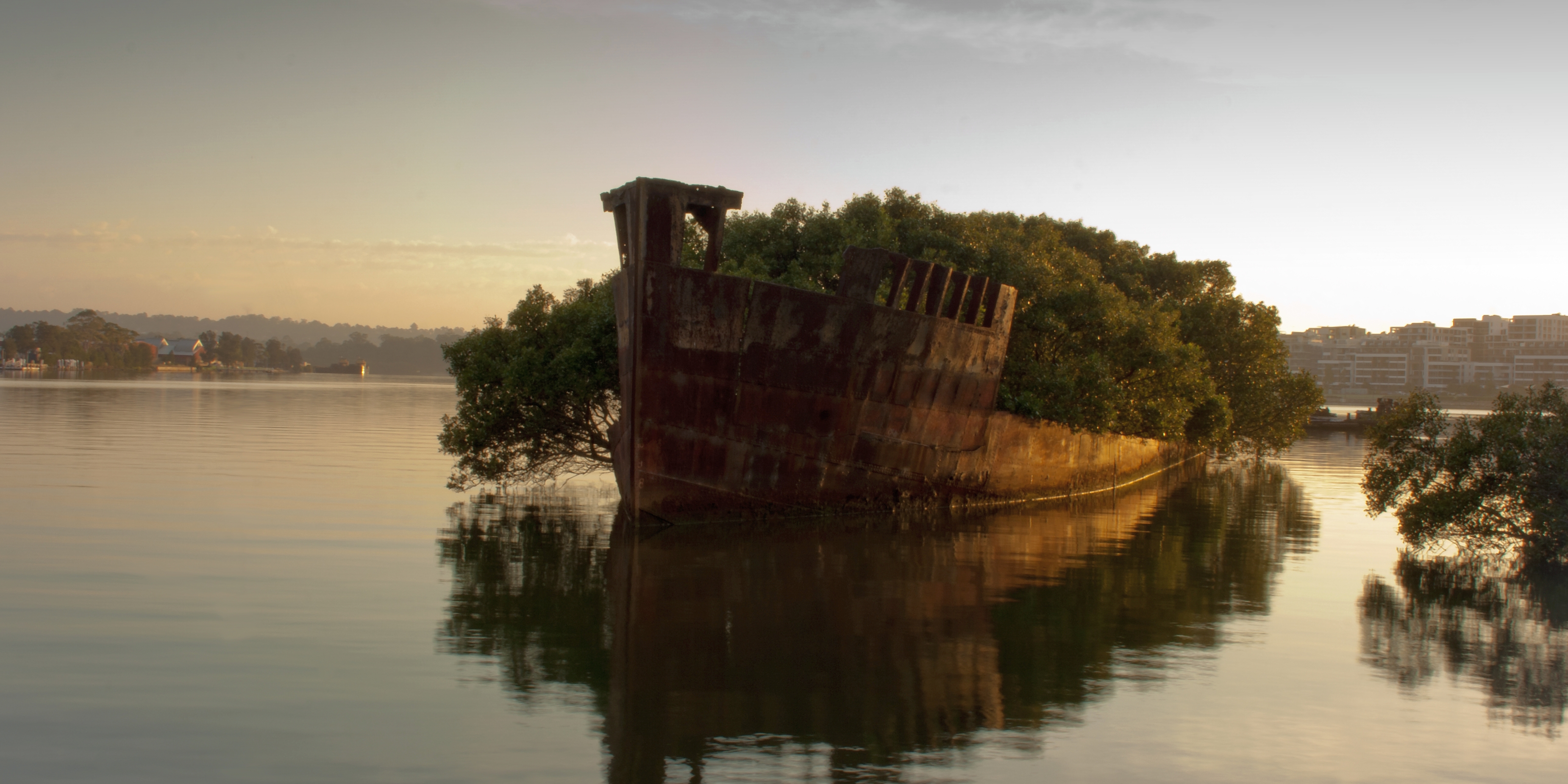
In Homebush Bay, Sydney, an unexpected sight awaits: a shipwreck transformed into a floating forest. The SS Ayrfield, a decommissioned World War II transport ship, was left to rust in the bay after its service ended. Over time, nature began to reclaim the vessel, and today, its hull is home to a thriving mangrove forest. The juxtaposition of rusting metal and lush greenery creates a striking visual contrast, drawing photographers and nature enthusiasts. This unique ecosystem serves as a testament to nature's resilience and ability to adapt. The floating forest of the SS Ayrfield offers a serene and surreal escape from the bustling city, inviting visitors to reflect on the harmonious coexistence of man-made structures and the natural world.
9. The Salton Sea, California, USA - A Desert Mirage
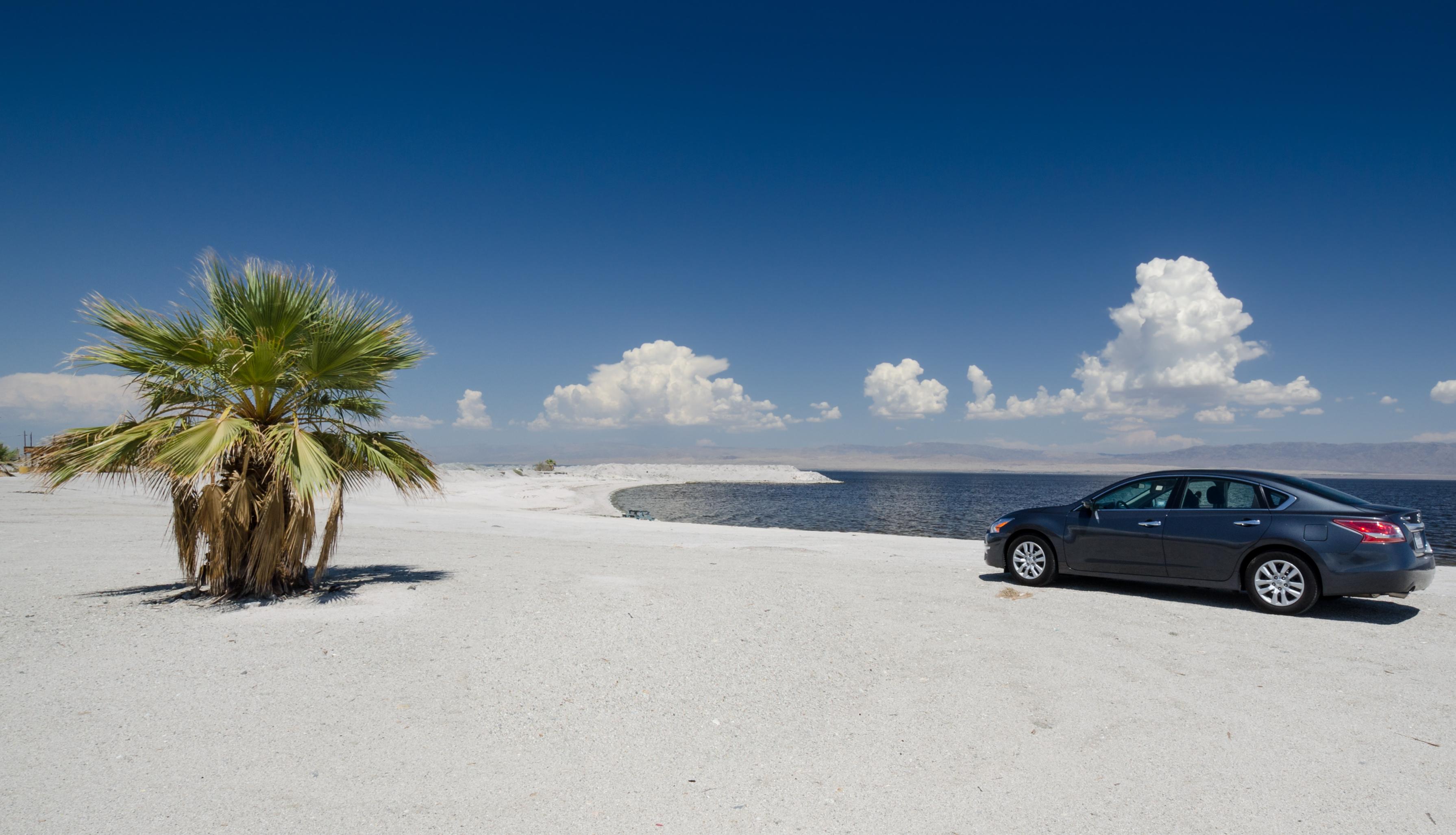
The Salton Sea, California's largest lake, is a paradoxical landscape of beauty and decay. Created by accident in 1905 when the Colorado River breached an irrigation canal, the sea quickly became a popular resort destination in the mid-20th century. However, rising salinity levels and pollution led to ecological collapse, and the once-thriving communities around the sea were abandoned. Today, the Salton Sea is a hauntingly beautiful expanse of water, surrounded by desolate landscapes and decaying structures. The area attracts artists, photographers, and curious travelers who are drawn to its stark beauty and the stories of its rise and fall. Despite its challenges, the Salton Sea remains a unique and captivating destination, offering a glimpse into the complex interplay between human ambition and environmental stewardship.
10. The Village of Kayaköy, Turkey - A Silent Witness
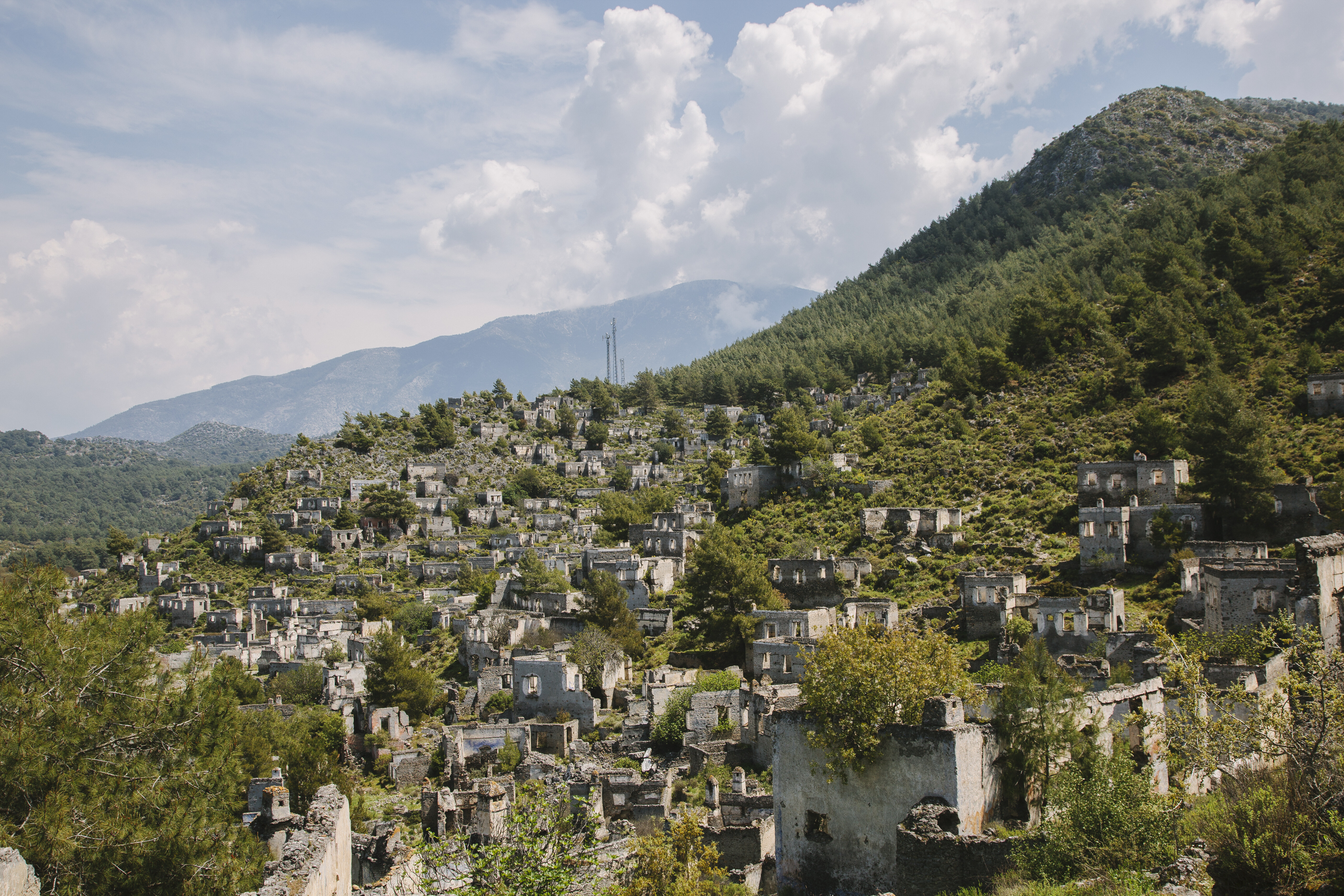
Tucked away in the hills of southwestern Turkey, the village of Kayaköy stands as a silent witness to history. Once a thriving Greek community, the village was abandoned in the early 20th century following the population exchange between Greece and Turkey. Today, the stone houses, churches, and schools of Kayaköy remain intact but empty, creating a hauntingly beautiful landscape. The village's history and architecture have earned it a place on the UNESCO World Heritage tentative list. Visitors can explore the winding streets and imagine the lives of those who once called Kayaköy home. The village's story serves as a poignant reminder of the impact of political and cultural upheaval on communities and the enduring legacy of the past.
11. The Abandoned City of Craco, Italy - A Medieval Marvel
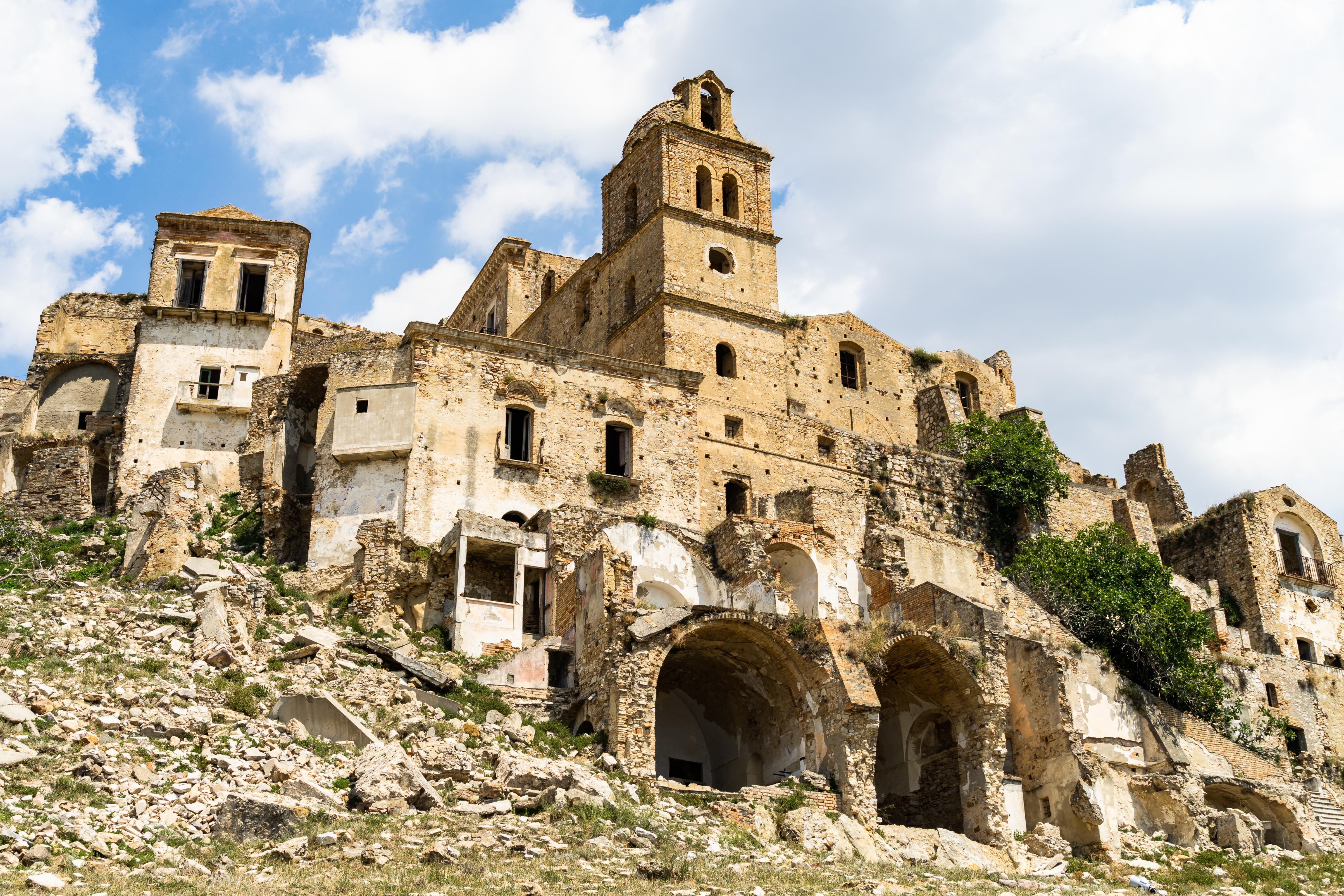
Perched atop a hill in the Basilicata region of southern Italy, the abandoned city of Craco is a medieval marvel frozen in time. Founded in the 8th century, Craco thrived for centuries until a series of natural disasters, including landslides and earthquakes, forced its evacuation in the 20th century. Today, the city's crumbling buildings and narrow alleyways create a hauntingly beautiful landscape that has attracted filmmakers and tourists alike. Craco's dramatic setting and rich history have made it a popular filming location for movies such as "The Passion of the Christ." Visitors can explore the city's ancient streets and imagine the lives of its former inhabitants, experiencing the timeless beauty and mystery of this Italian ghost town.
12. The Ruins of Bannerman's Castle, New York, USA - A Fortress of Dreams
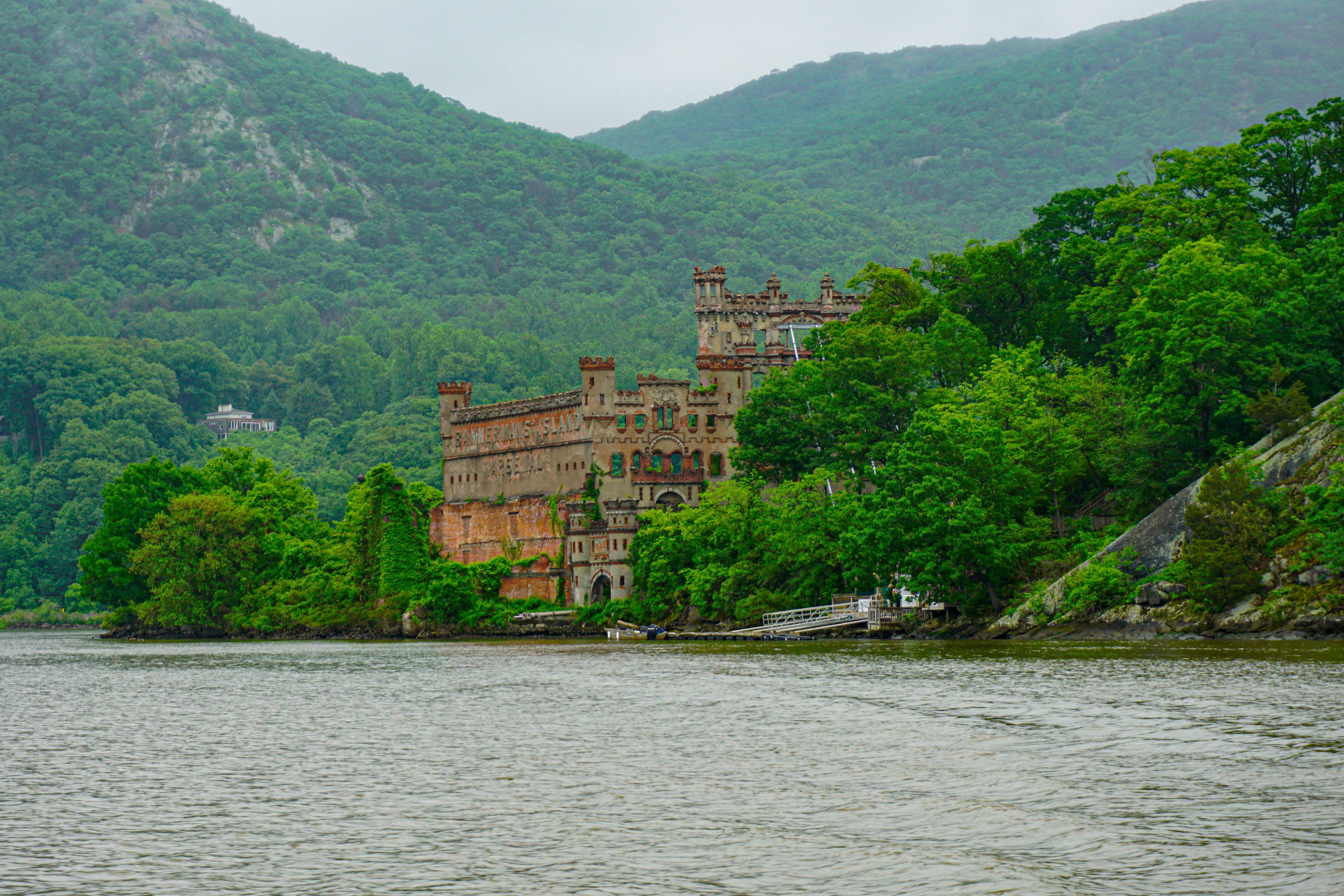
Located on Pollepel Island in the Hudson River, Bannerman's Castle is a fortress of dreams and decay. Built in the early 20th century by Francis Bannerman VI as a storage facility for military surplus, the castle was inspired by European architecture and stands as a testament to Bannerman's eclectic vision. After a series of explosions and fires, the castle was abandoned and left to the elements. Today, its crumbling walls and turrets create a romantic and mysterious landscape that attracts history enthusiasts and photographers. Guided tours allow visitors to explore the island and learn about the castle's storied past. Bannerman's Castle serves as a reminder of the power of imagination and the enduring allure of architectural grandeur.
13. The Ghost Town of Humberstone, Chile - A Nitrate Boomtown
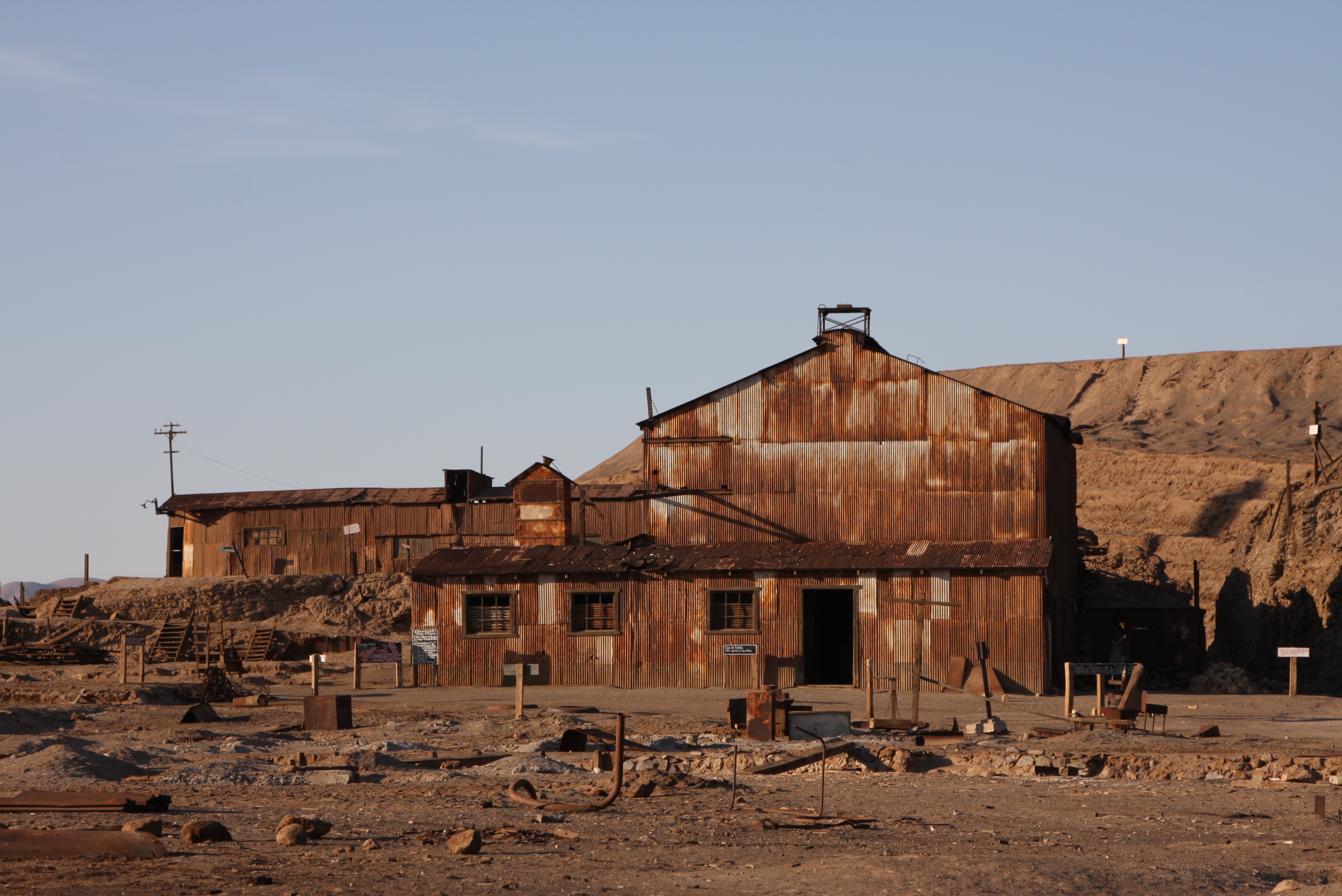
In the Atacama Desert of northern Chile lies the ghost town of Humberstone, a relic of the nitrate boom of the late 19th and early 20th centuries. Founded in 1872, Humberstone was once a bustling community, home to thousands of workers who extracted and processed nitrate for export. However, the development of synthetic fertilizers led to the decline of the nitrate industry, and Humberstone was abandoned in the 1960s. Today, the town's rusting machinery, empty buildings, and vast desert landscape create a hauntingly beautiful scene. Designated a UNESCO World Heritage Site, Humberstone offers visitors a glimpse into the region's industrial past and the enduring impact of economic change on communities.
14. The Abandoned Village of Houtouwan, China - Nature's Embrace
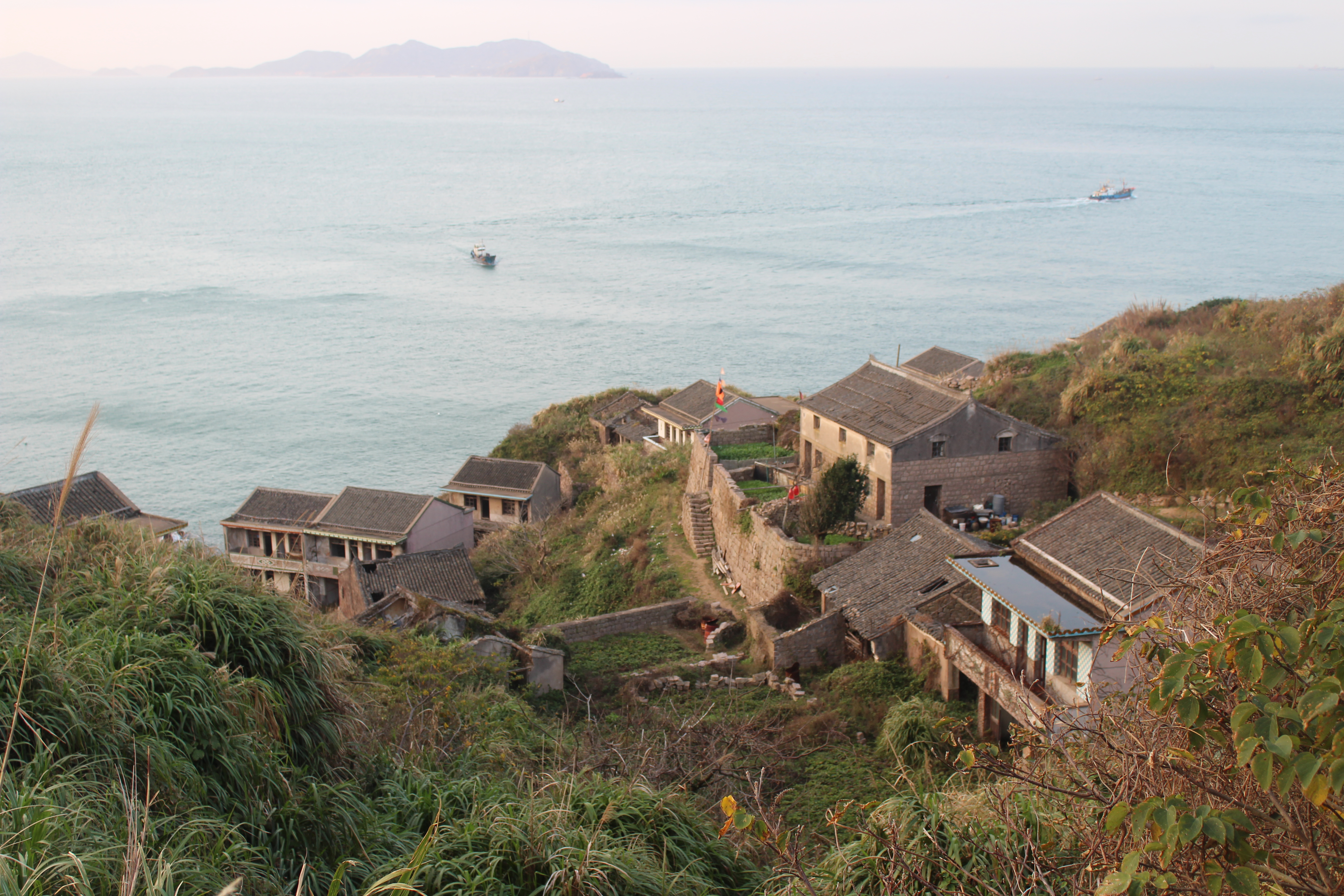
On Shengshan Island, off the coast of China, lies the abandoned village of Houtouwan, a testament to nature's power to reclaim. Once a thriving fishing village, Houtouwan was abandoned in the 1990s due to economic struggles and its remote location. Over the years, the village has been overtaken by lush greenery, with vines and trees enveloping the buildings. This unique blend of architecture and nature creates a mesmerizing landscape that has captured the imagination of photographers and travelers. Houtouwan's story highlights the delicate balance between human habitation and the natural world, offering a serene and thought-provoking escape from the modern world.
15. The Forgotten City of Petra, Jordan - A Wonder of the Ancient World

Petra, Jordan, is a testament to the ingenuity and artistry of the Nabataean civilization. Carved into the rose-red cliffs of southern Jordan, Petra was once a thriving trade hub and capital of the Nabataean kingdom. However, with the decline of trade routes and a series of earthquakes, the city was largely abandoned by the 7th century. Rediscovered in the 19th century, Petra has since become one of the world's most famous archaeological sites. Visitors can explore the city's breathtaking architecture, including the iconic Treasury and Monastery, and marvel at the skill and vision of its ancient builders. Petra's enduring beauty and mystery continue to captivate the imagination, offering a window into the past and a reminder of the timeless achievements of human civilization.
16. Varosha, Cyprus – A Seaside Resort Frozen in Time
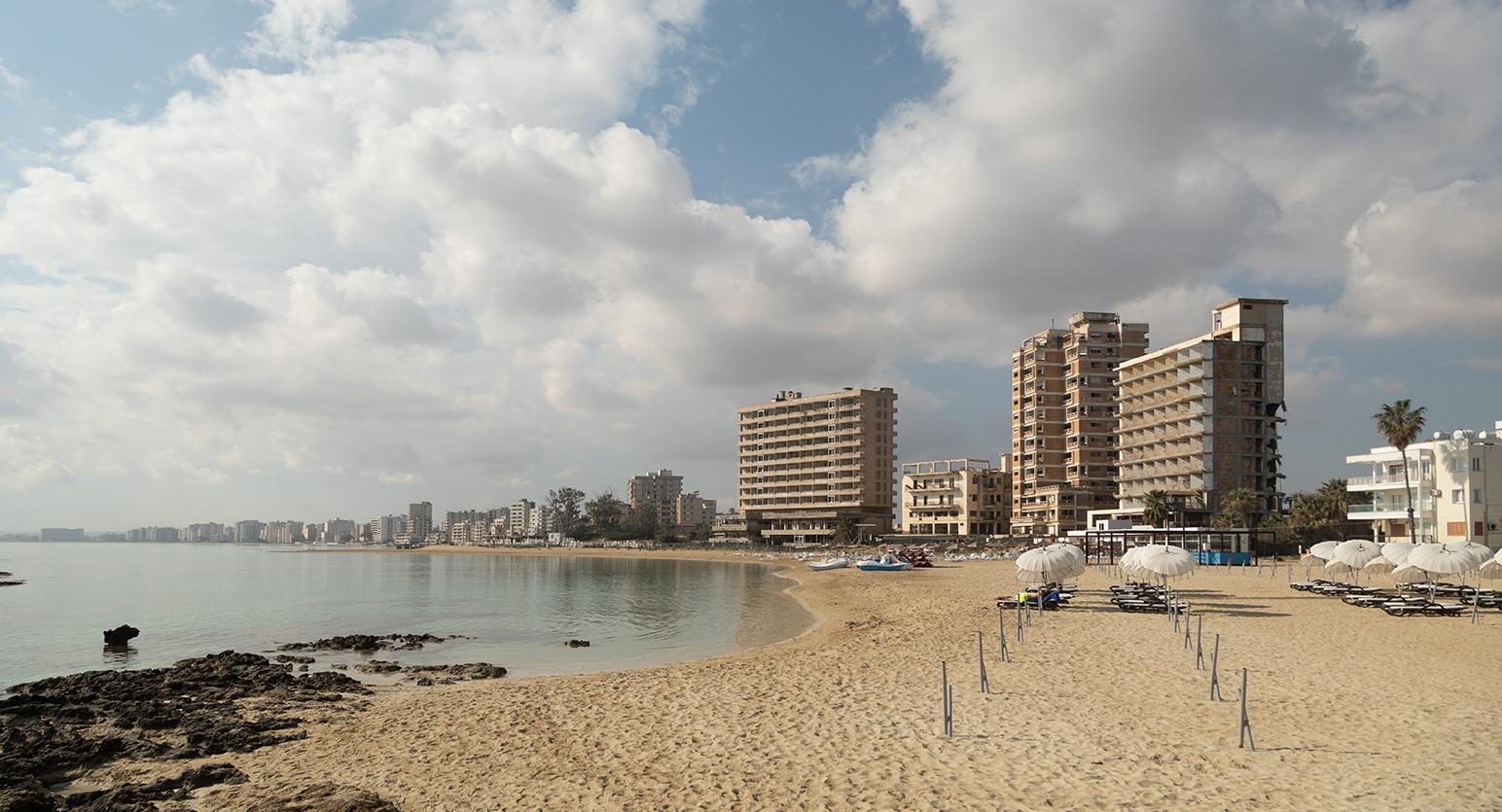
Once the glittering jewel of the eastern Mediterranean, Varosha was a booming resort district in Famagusta, Cyprus. In the 1960s and early ’70s, it attracted global celebrities like Elizabeth Taylor and Brigitte Bardot, drawn to its golden beaches, luxury hotels, and buzzing nightlife. However, this paradise came to an abrupt halt during the Turkish invasion of Cyprus in 1974. The residents fled, leaving behind homes, shops, and unfinished meals, as the entire neighborhood was fenced off and placed under Turkish military control. For nearly five decades, Varosha became a ghost city trapped in time, its once-vibrant streets slowly crumbling under the weight of abandonment. Hotels stand gutted, trees grow through cracked floors, and rusting cars remain parked where they were left in a hurry. In 2020, parts of Varosha were controversially reopened to the public, igniting political tensions but also renewed curiosity. Visiting Varosha is like stepping into a time capsule—an eerie, poignant reminder of conflict, displacement, and the fragile nature of paradise.
17. Pyramiden, Svalbard, Norway – The Soviet Ghost Town of the Arctic
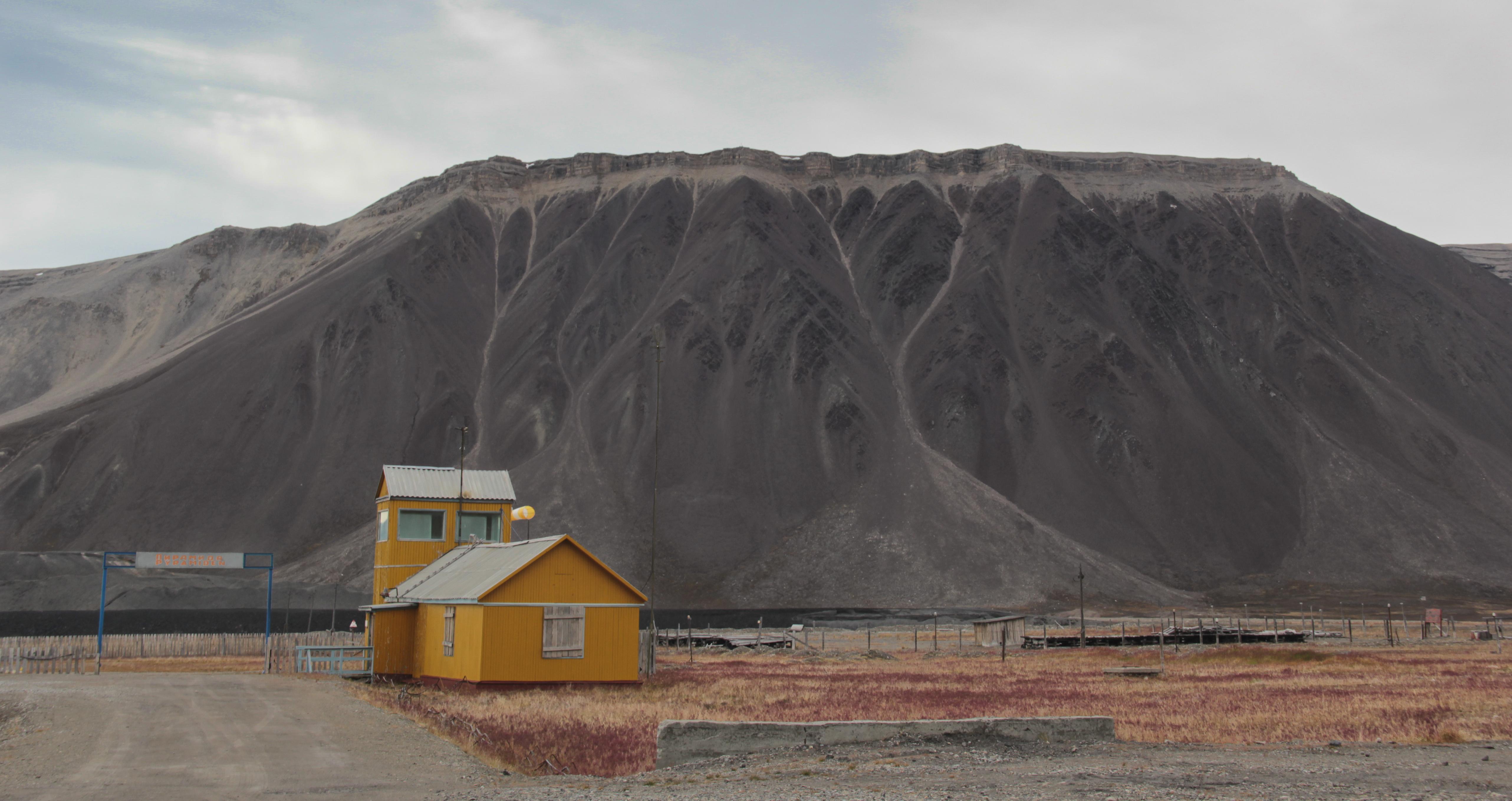
Deep in the Arctic Circle, beneath snow-covered peaks and icy winds, lies one of the world’s most isolated ghost towns: Pyramiden. Founded by Sweden in 1910 and sold to the Soviet Union in 1927, this coal mining settlement flourished into a model Soviet utopia. At its peak in the 1980s, Pyramiden was home to over 1,000 residents and boasted amenities rare for such a remote locale—schools, a theater, greenhouses, and even a heated indoor swimming pool. The towering statue of Lenin gazes over the settlement, a symbol of ideological pride amidst a frozen frontier. When the mine closed in 1998, Pyramiden was abandoned almost overnight, leaving behind a perfectly preserved time capsule of Soviet life. Today, the site is accessible via guided tours from Longyearbyen, offering eerie insights into Arctic resilience and the Soviet dream in the most unlikely of places. Despite its isolation, Pyramiden’s silent buildings continue to whisper stories of human ambition and endurance on the edge of the world.
18. Villa Epecuén, Argentina – The Town That Drowned
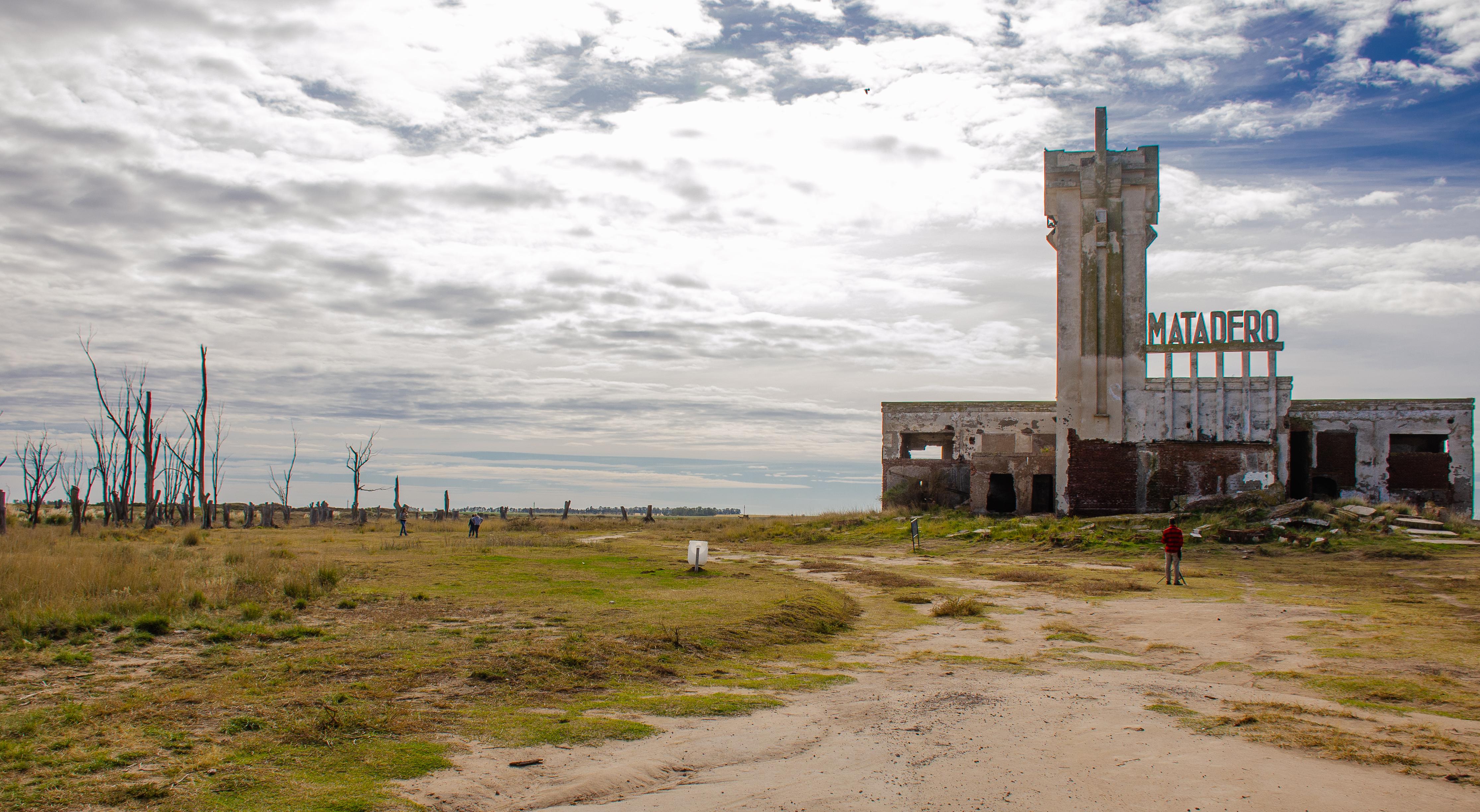
In the early 20th century, Villa Epecuén blossomed into a sought-after health resort in Argentina, famed for the therapeutic properties of its salt-rich lake. At its zenith, the town welcomed thousands of visitors annually, with elegant hotels, spas, and markets bustling along its tree-lined avenues. But in 1985, tragedy struck when a prolonged period of heavy rains caused a nearby dam to rupture, releasing the lake’s saline waters and submerging the entire town under more than 30 feet of water. For nearly 25 years, Villa Epecuén remained submerged, hidden from view and presumed lost forever. When the waters finally receded in the early 2000s, they revealed a ghostly ruin of salt-bleached buildings, rusting playgrounds, and petrified trees—a surreal landscape frozen in devastation. Today, the skeletal remains of the town attract photographers, urban explorers, and those fascinated by the destructive force of nature. Villa Epecuén serves as both a haunting memorial and a powerful reminder of nature’s ability to both heal and consume.
19. Garnet, Montana, USA – A Gold Rush Relic
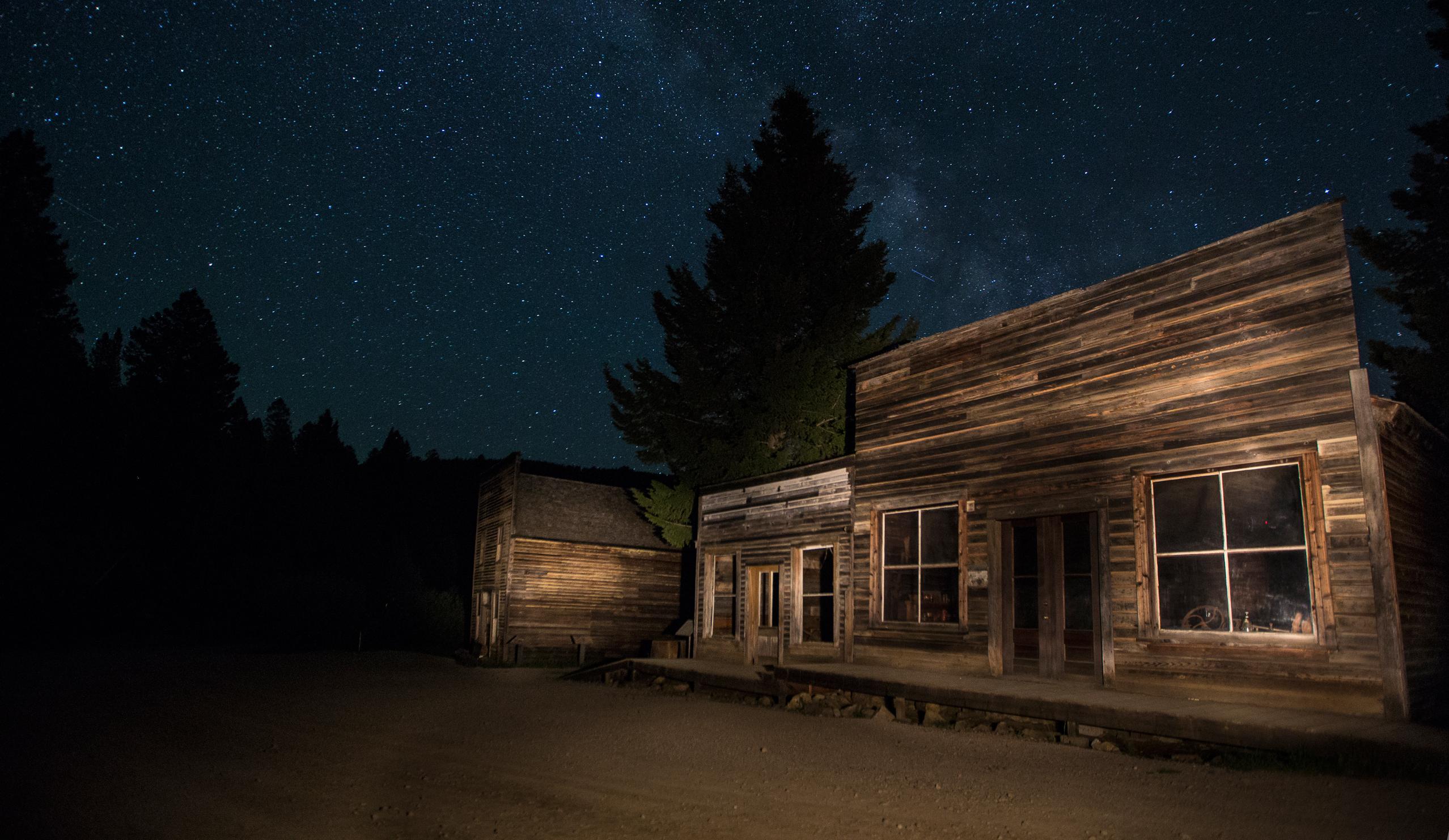
High in the mountains of western Montana, surrounded by dense forests and rugged terrain, lies Garnet—a ghost town with a rich Wild West legacy. Founded in the 1890s during the last major Montana gold rush, Garnet grew rapidly as miners flooded the area in search of fortune. With over 1,000 residents, the town featured saloons, hotels, general stores, and even an official dance hall, all powered by the hope of gold-laced prosperity. However, when the gold began to run dry and a devastating fire swept through in 1912, many residents left in search of better opportunities elsewhere. By the 1940s, Garnet was virtually abandoned. Unlike many ghost towns, however, Garnet has remained remarkably well-preserved, thanks in part to its remote location and protective conservation efforts. Today, visitors can walk through restored cabins, peek inside the saloon, and experience firsthand what life was like for frontier families chasing the American dream in a rugged wilderness.
20. Great Blasket Island, Ireland – Echoes of Gaelic Culture
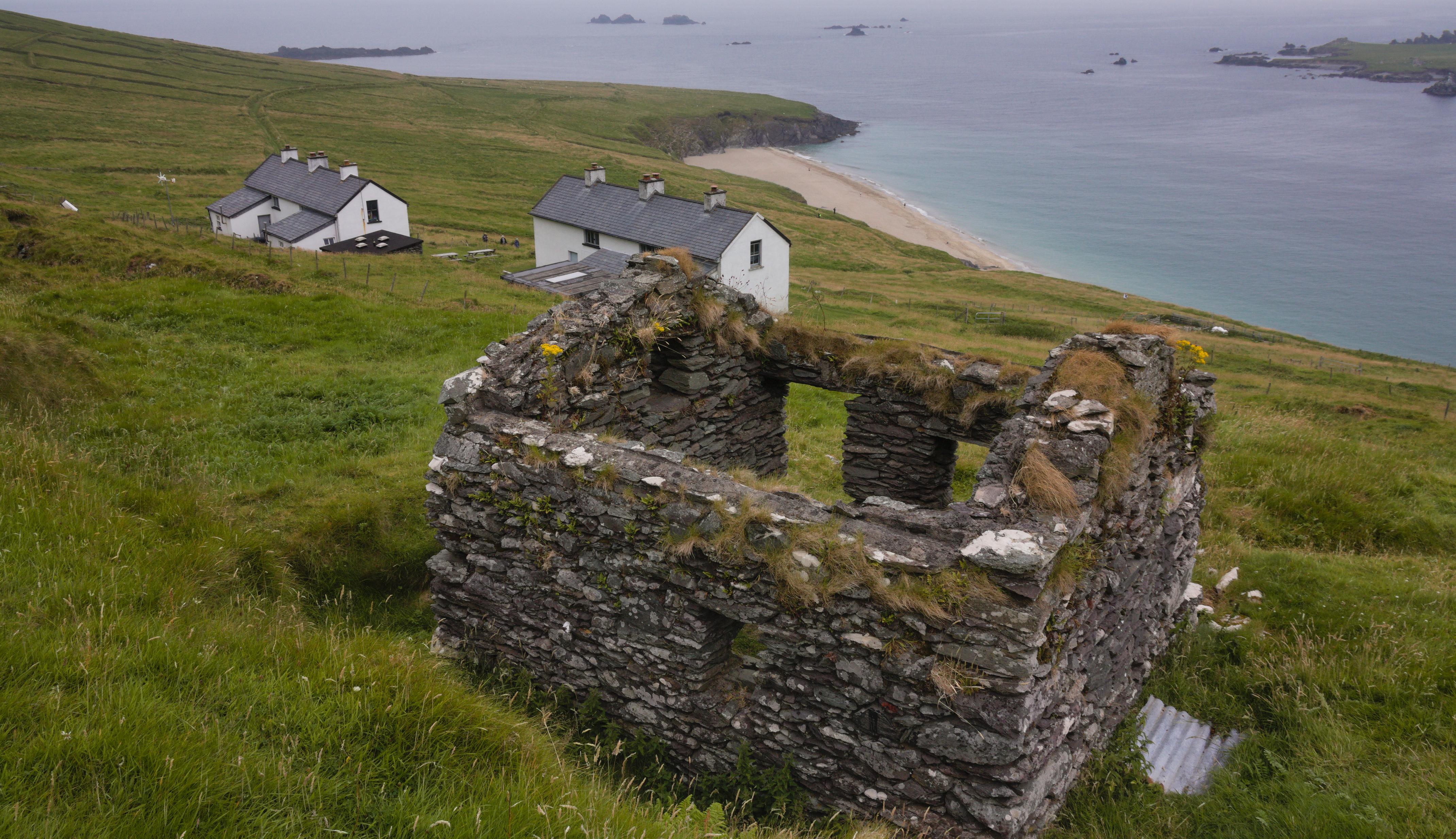
Off Ireland’s craggy western coast lies Great Blasket Island, a rugged, windswept land steeped in natural beauty and cultural legacy. Once inhabited by a close-knit Gaelic-speaking community, the island was home to poets, storytellers, and fishermen who lived in stone cottages along its rolling hills. Life here was simple but harsh—defined by isolation, self-sufficiency, and a deep connection to the land and sea. By the early 20th century, dwindling supplies and medical access forced the last remaining residents to leave in 1953, marking the end of traditional life on the island. Today, the abandoned village remains intact, with its moss-covered homes overlooking the Atlantic Ocean like silent sentinels of Irish heritage. Visitors can take a ferry from Dingle Peninsula and hike the trails once trodden by islanders, gaining insight into a vanishing way of life. The island’s poetic atmosphere and cultural richness continue to resonate, reminding us of the stories, songs, and spirit left behind in the empty shells of a once-thriving community.
21. Oradour-sur-Glane, France – A Village Memorialized
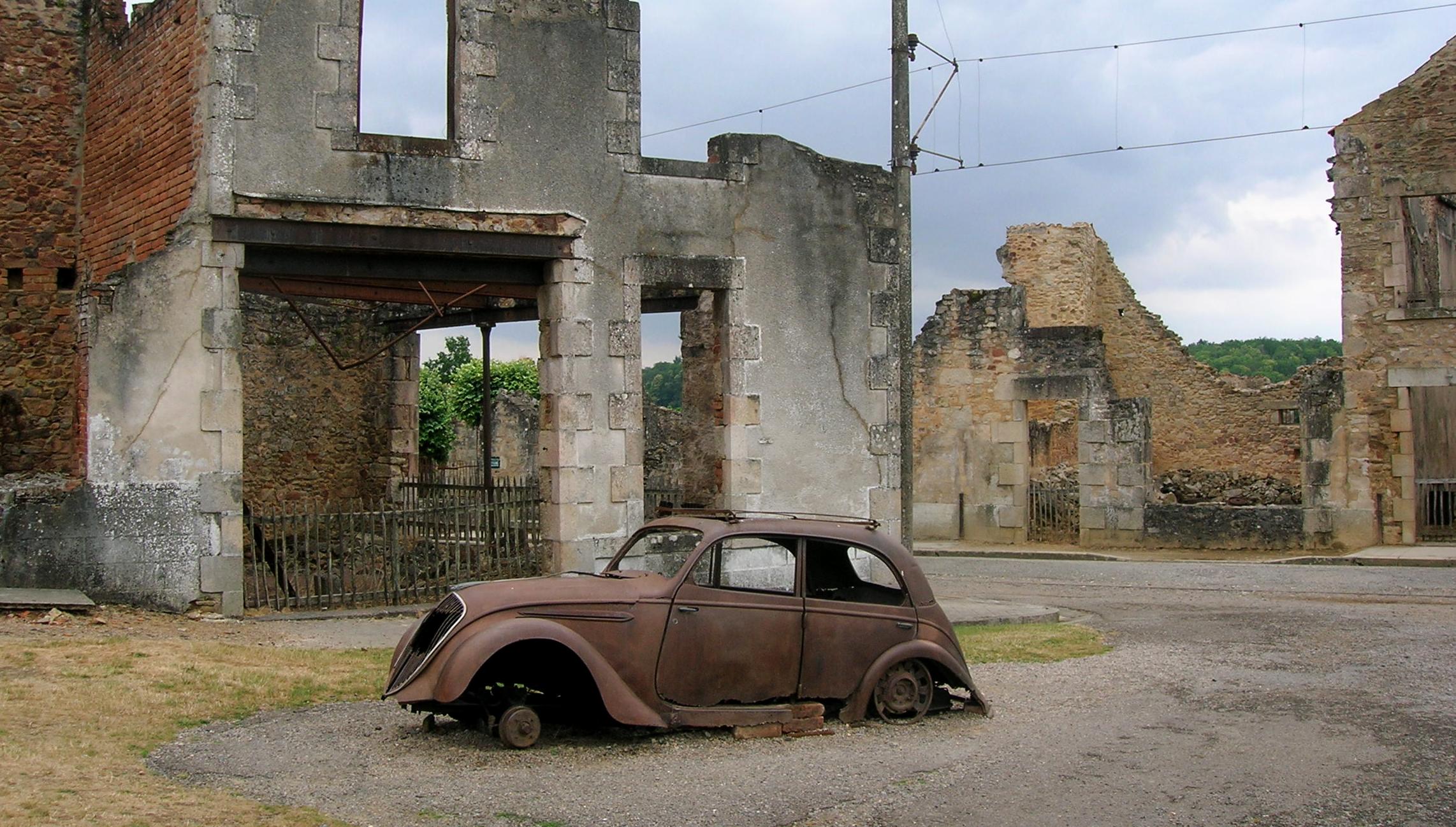
Nestled in the French countryside near Limoges, the village of Oradour-sur-Glane stands as one of the most haunting reminders of World War II atrocities. On June 10, 1944—just days after D-Day—Nazi SS troops stormed the peaceful village under the false suspicion of harboring resistance fighters. In a horrific act of retribution, they rounded up the townspeople—men were shot in barns, while women and children were herded into the church and burned alive. In total, 642 innocent lives were extinguished in just a few hours. After the war, Charles de Gaulle declared that the village should never be rebuilt. Instead, it would remain untouched—a ghost town preserved in its ruined state as a national memorial. Today, visitors walk through eerily quiet streets where rusting bicycles, sewing machines, and scorched cars sit frozen in time. The shattered windows and crumbling facades echo the horrors of that day, offering a sobering and powerful lesson on the cost of hatred and the importance of remembrance.
22. Ross Island, Andaman Islands, India – The Ghost of British Colonialism
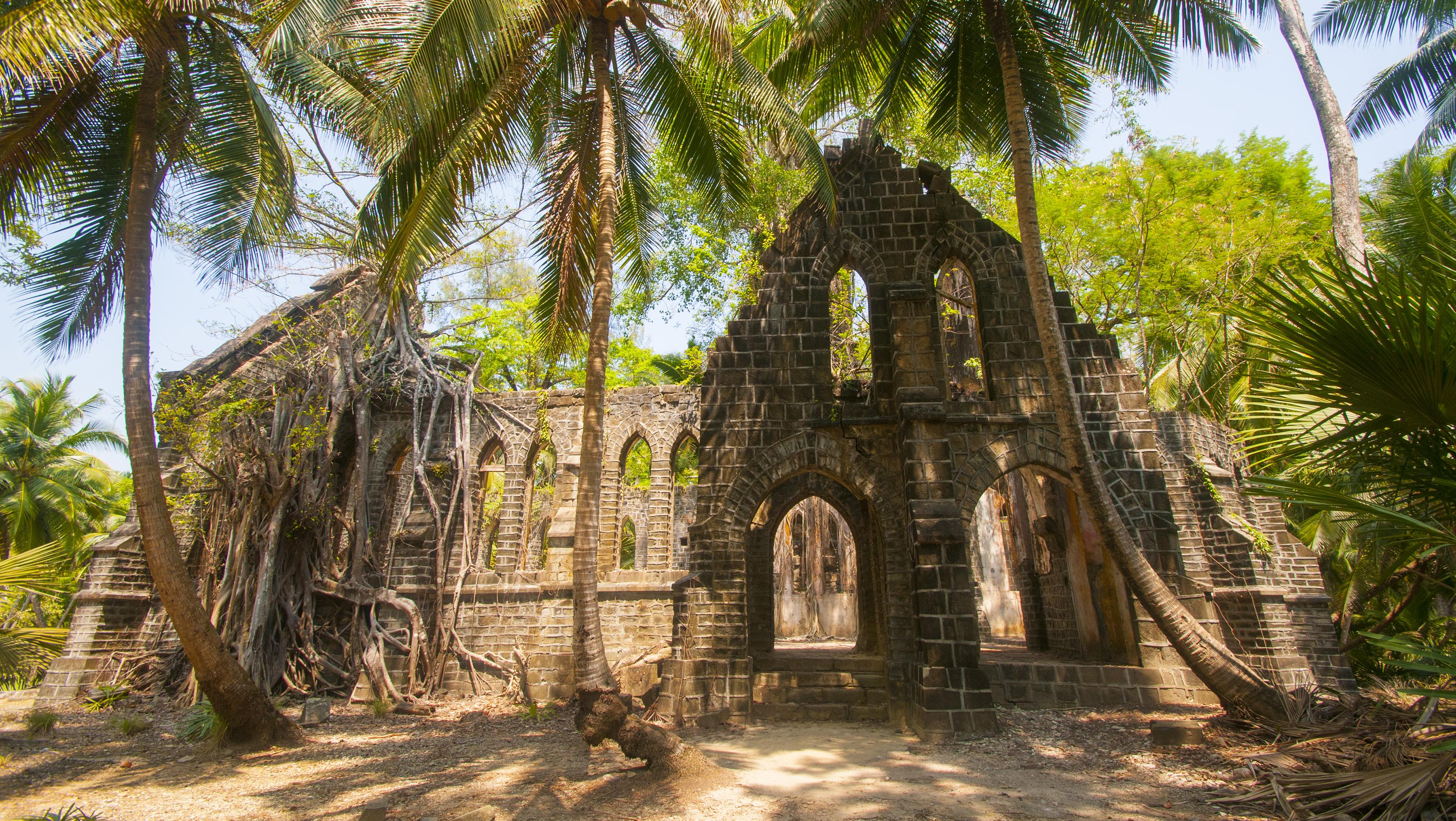
Just a short ferry ride from Port Blair lies Ross Island, a haunting relic of British imperial ambition in the Indian Ocean. Once the opulent administrative hub of the Andaman Islands during colonial rule, Ross Island was established as a penal colony following the 1857 Sepoy Mutiny. British officers built a self-contained township that boasted lush gardens, grand mansions, a church, swimming pool, bakery, and even a ballroom—all amidst the tropical surroundings. It was a bizarre contrast: colonial luxury nestled beside the brutal prison system of nearby Cellular Jail. However, a series of devastating earthquakes in 1941 weakened the island's infrastructure, and during World War II, Japanese forces occupied and further dismantled the settlement. The British never returned. Today, Ross Island is engulfed by thick banyan roots that snake through crumbling colonial ruins, as nature quietly reclaims the remnants of empire. The eerily beautiful fusion of history and jungle serves as a powerful visual metaphor for the rise and fall of colonial dominance.
23. Hallsands, England – The Village That Fell into the Sea
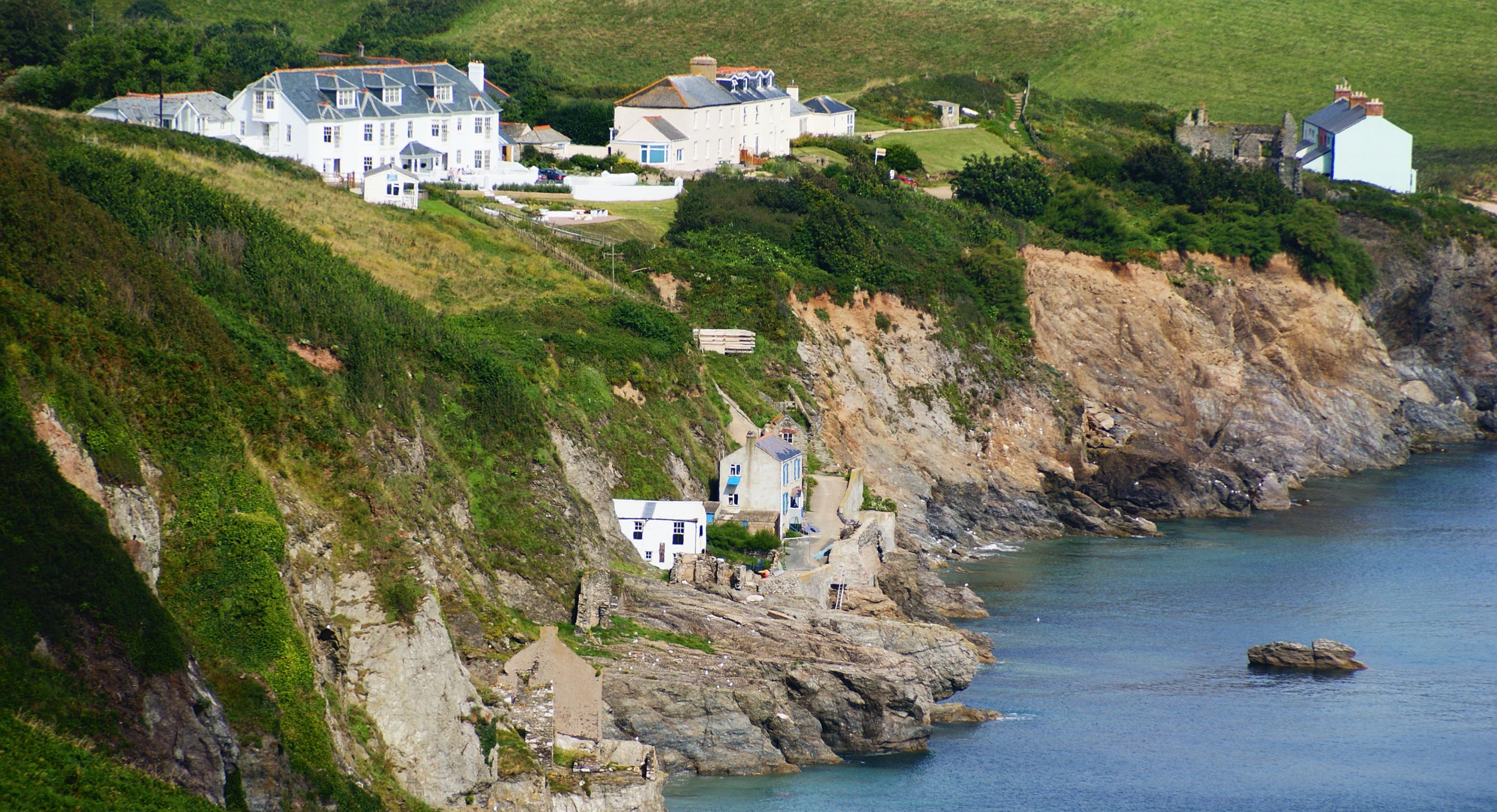
Hallsands was once a thriving coastal village perched on the cliffs of Devon, England, its cottages nestled against the sea and home to a small but tight-knit fishing community. In the late 19th century, the British government approved extensive dredging nearby to extract shingle for the expansion of the naval dockyard at Plymouth. While profitable at first, this seemingly innocuous decision disrupted the delicate coastal balance. Without the natural shingle barrier, the sea crept closer with each tide. Despite residents’ warnings, little action was taken until disaster struck. On January 26, 1917, a violent storm coincided with high tide and swept away much of the village in a single night. Miraculously, no lives were lost—but most homes were reduced to rubble. Today, only the ruins of a few stone buildings remain, teetering on the edge of the cliffs. Hallsands now serves as a cautionary tale of environmental mismanagement, where short-term industrial gains came at the cost of an entire community.
24. Kennecott, Alaska, USA – A Copper Mining Empire Abandoned
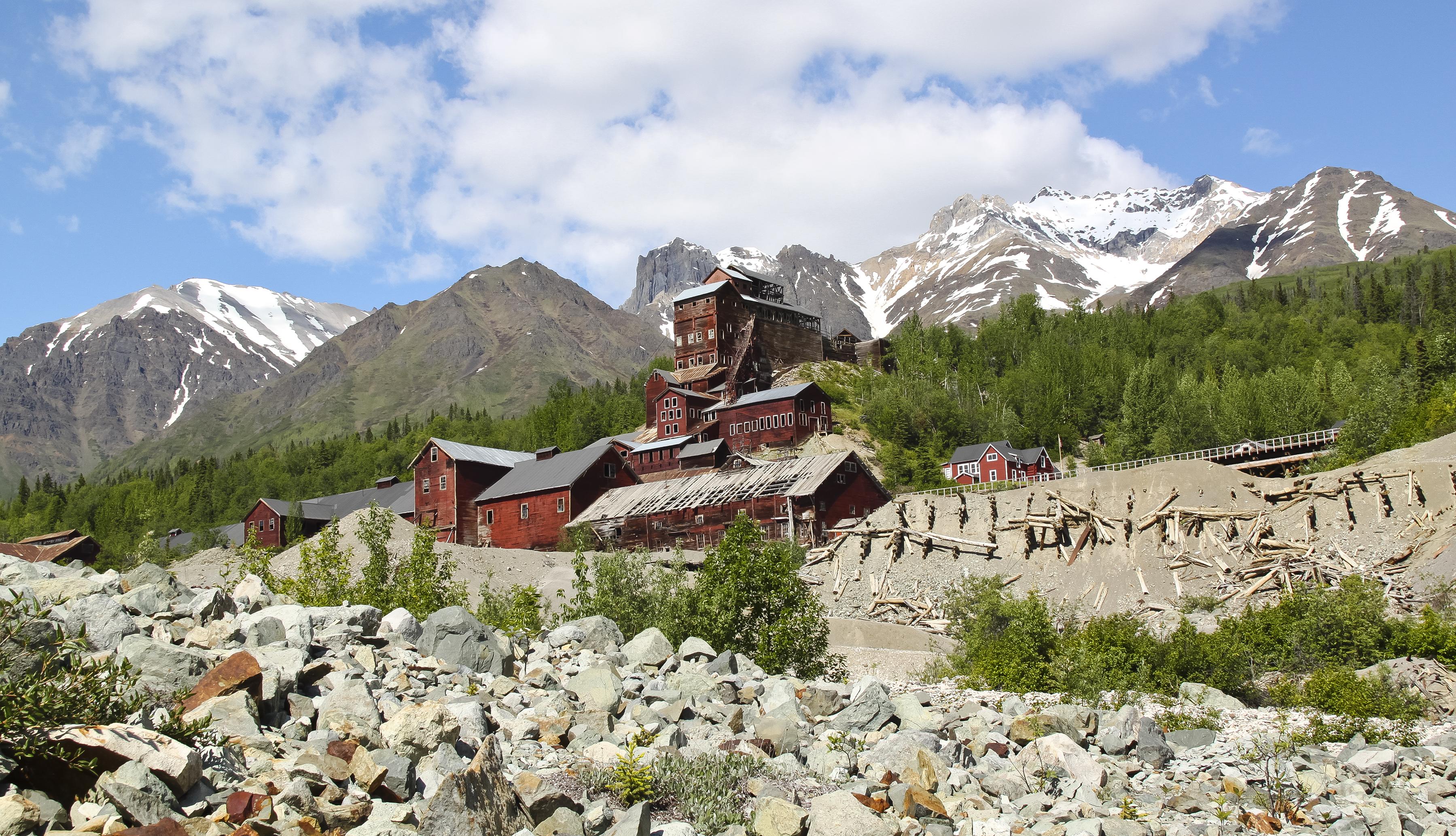
High in the remote Wrangell Mountains of Alaska lies Kennecott, a once-bustling mining town that rose from wilderness to industrial powerhouse seemingly overnight. Established in the early 1900s after the discovery of incredibly high-grade copper ore, Kennecott Mining Company quickly developed an entire infrastructure—including a mill, powerhouse, hospital, bunkhouses, and even tennis courts—to accommodate its workforce and facilitate round-the-clock operations. The copper extracted here was shipped by rail to Cordova and eventually fueled much of America’s electrification boom. At its height, the operation employed hundreds of workers and generated millions in profits. But by 1938, the copper had been exhausted, and Kennecott was abruptly abandoned. Remarkably well-preserved due to Alaska’s dry climate and isolation, the ghost town remains a snapshot of early 20th-century ingenuity and industrial ambition. Today, Kennecott is a National Historic Landmark managed by the National Park Service, where visitors can tour the towering red mill building and peer into abandoned homes that still contain original furniture, tools, and memories of a life carved into the mountainside.
25. Belchite, Spain – The Town Left in Ruins
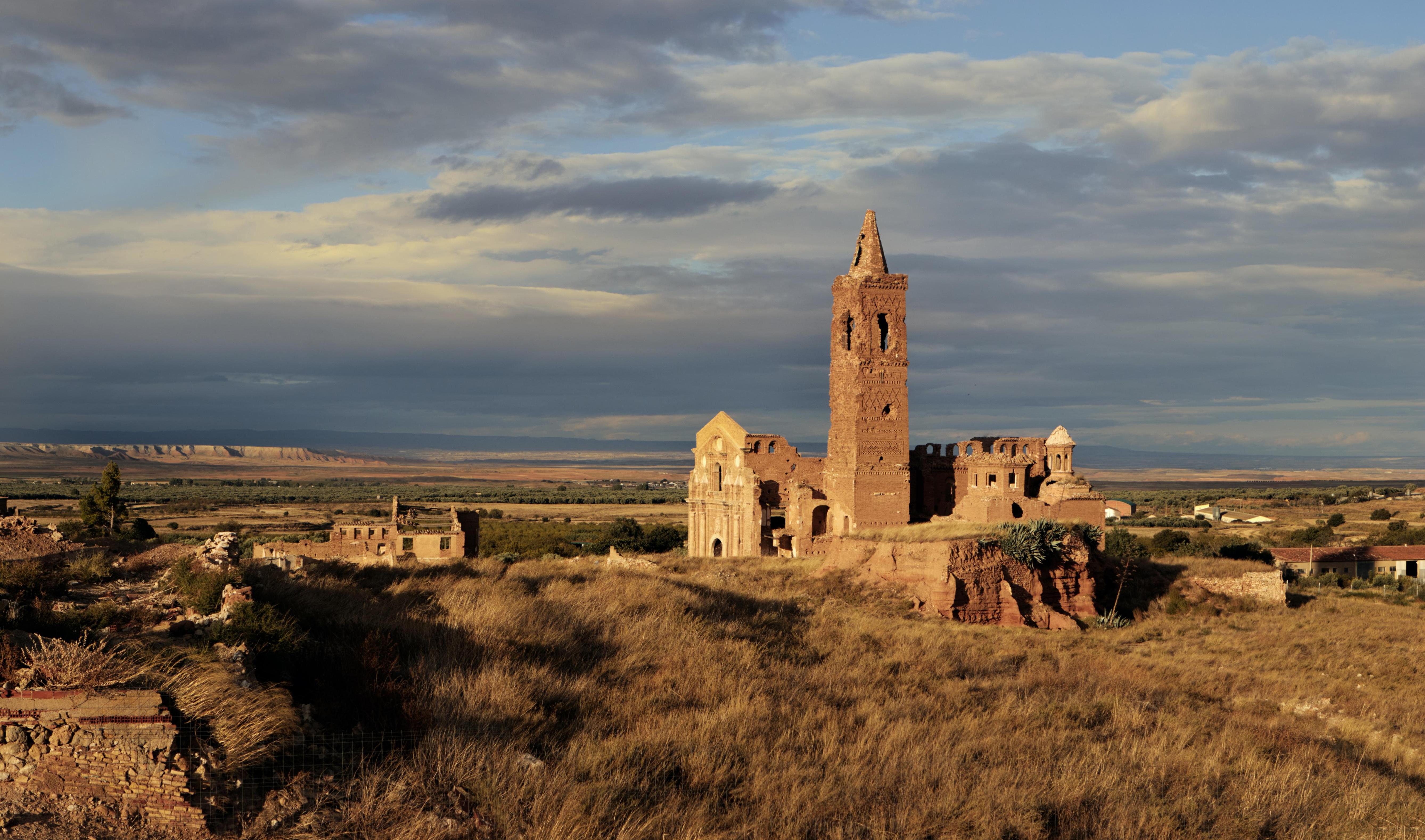
In the heart of Aragón, Spain, lies the haunting skeleton of Belchite, a town ravaged during the Spanish Civil War. In 1937, intense fighting between Republican and Nationalist forces turned Belchite into a battlefield, leaving it in ruins. Rather than rebuilding, Franco’s regime left the destroyed town as a symbol of victory and built a new village nearby. Today, Belchite’s crumbling churches, bullet-riddled walls, and roofless homes remain eerily intact, a ghostly shell frozen in time. Walking through its streets is like stepping onto a forgotten film set—one that tells a grim yet vital story of conflict, memory, and resilience. It has become a powerful site for reflection, photography, and historical tourism, reminding visitors of the devastating cost of civil war. Whether you're a history buff or an intrepid traveler, Belchite offers a moving and unforgettable journey into the past.
The Timeless Allure of Abandoned Places
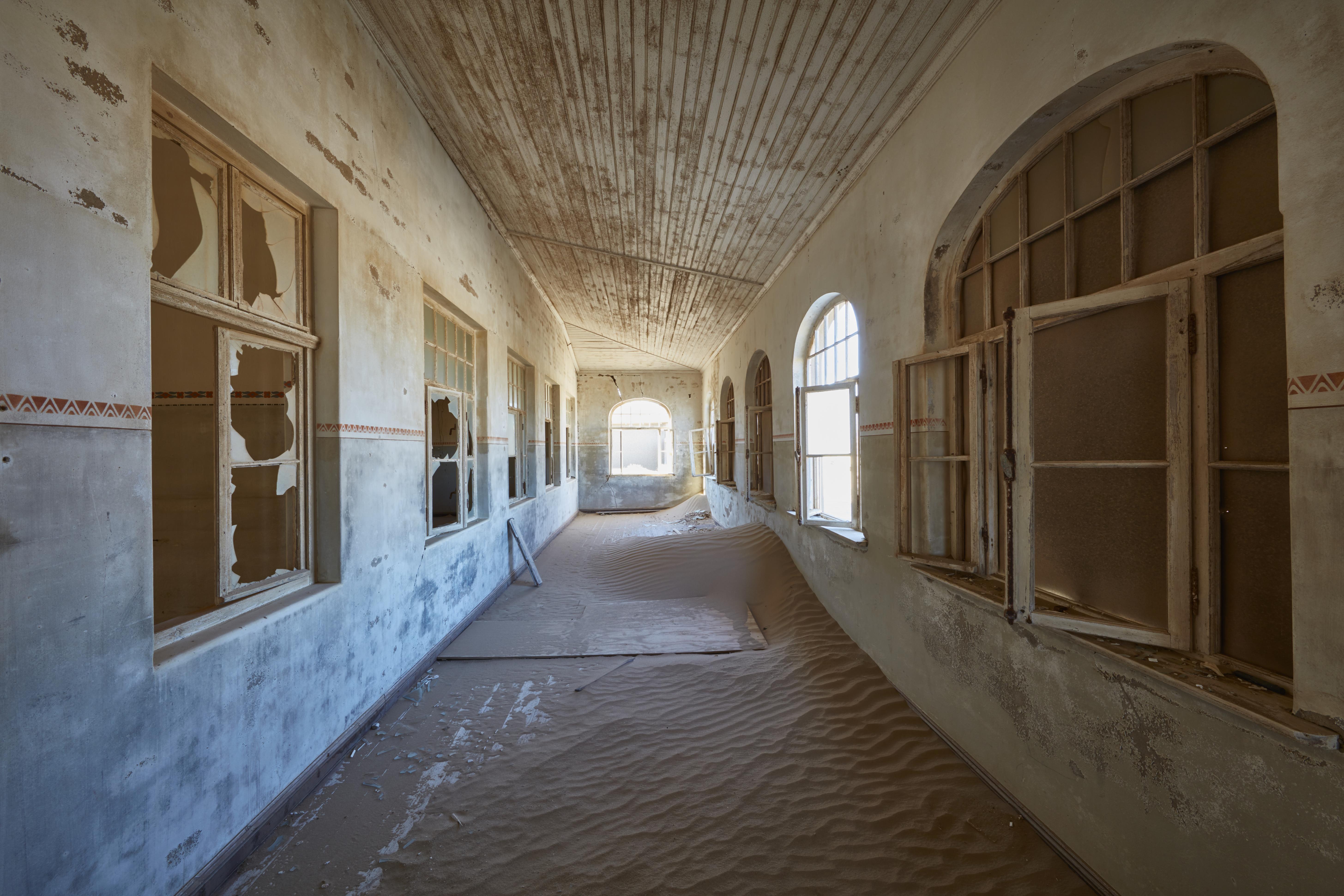
As we conclude our journey through these 25 mysterious abandoned places, we are reminded of the timeless allure they hold. Each site offers a unique glimpse into history, culture, and the inexorable passage of time. From the haunting echoes of Pripyat to the serene embrace of Houtouwan, these places invite us to reflect on the impermanence of human endeavor and the enduring power of nature. They challenge us to consider the stories of those who once inhabited them and the legacies they left behind. As we explore these forgotten corners of the world, we are reminded of the beauty and mystery that await those who dare to wander through the shadows of time.




